Close
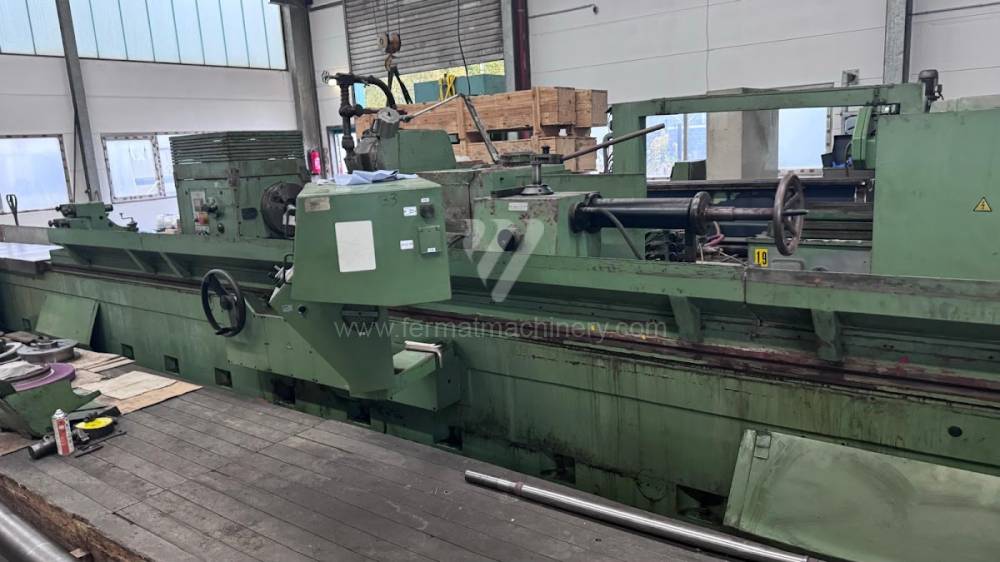

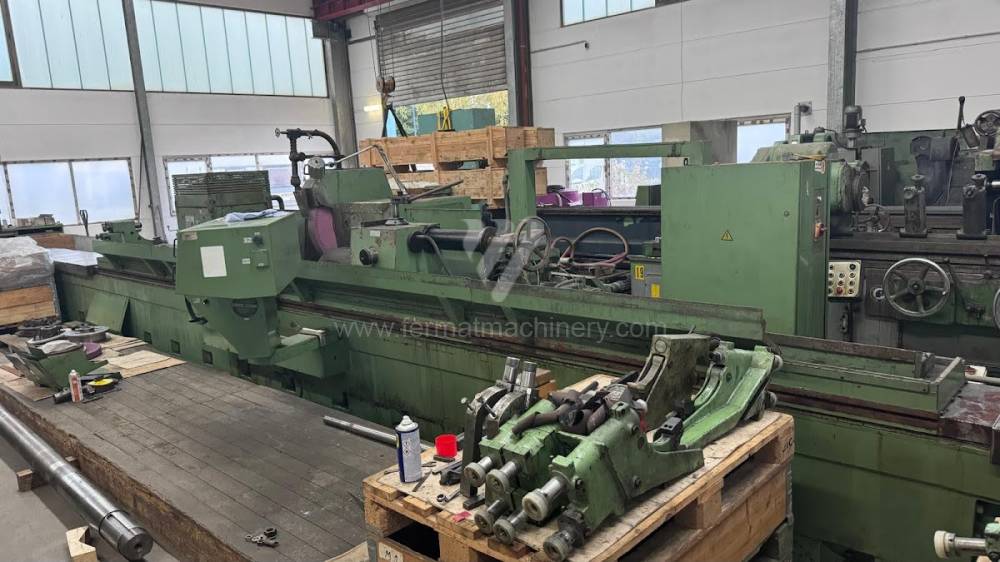
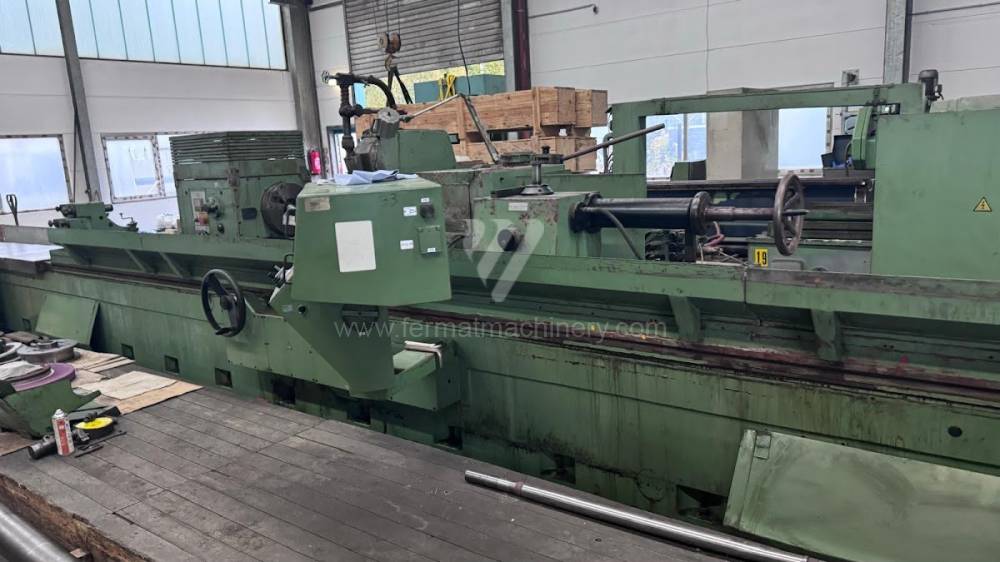
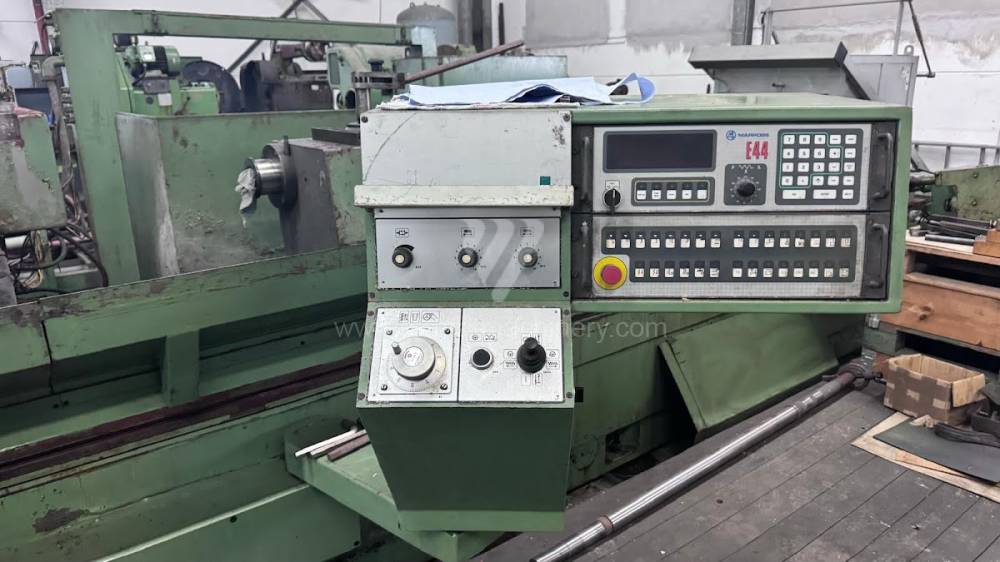
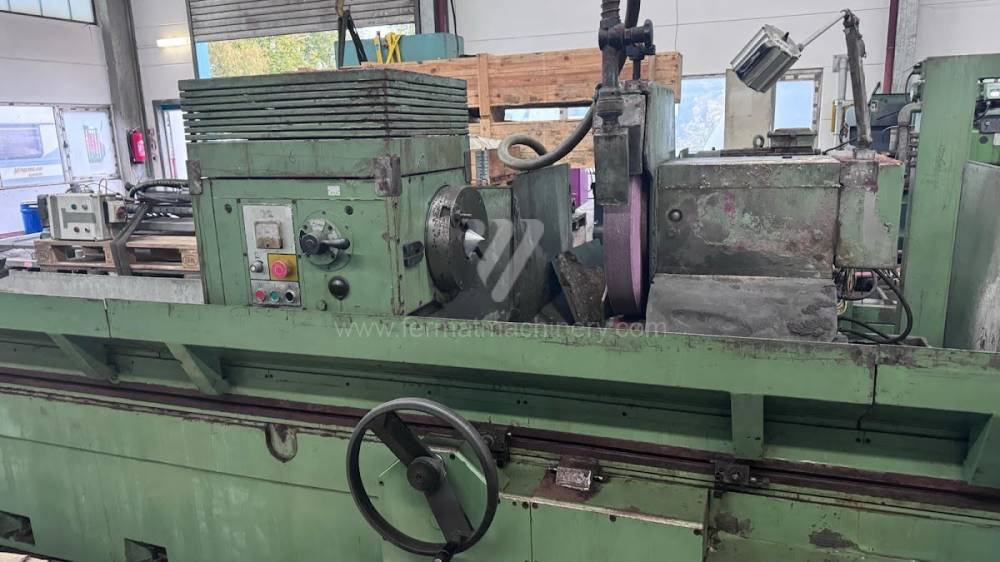
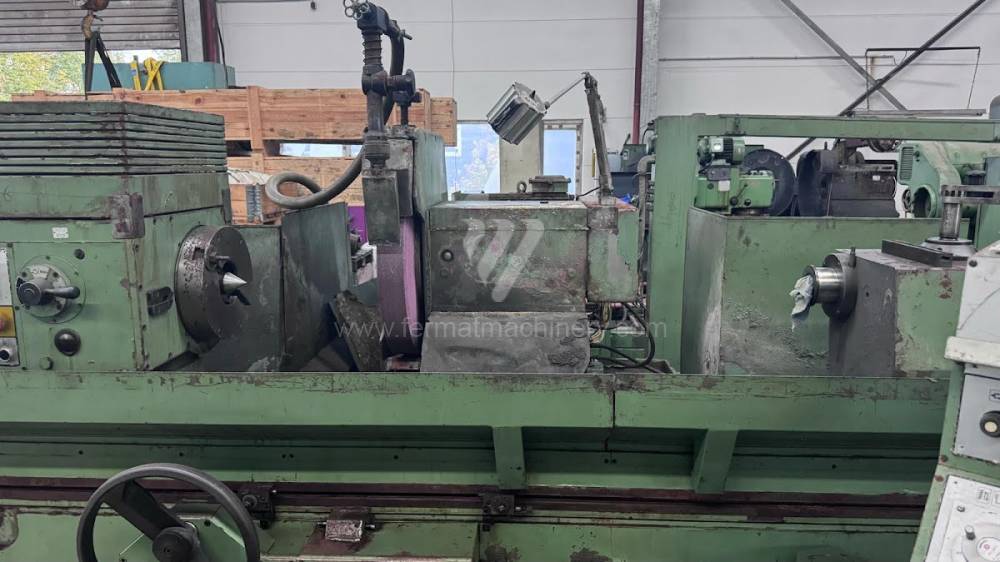
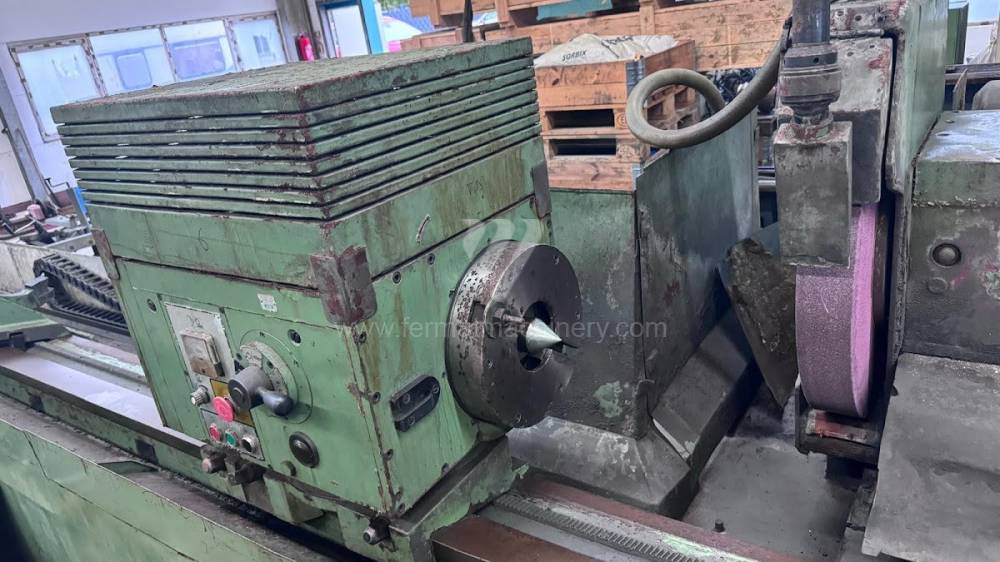
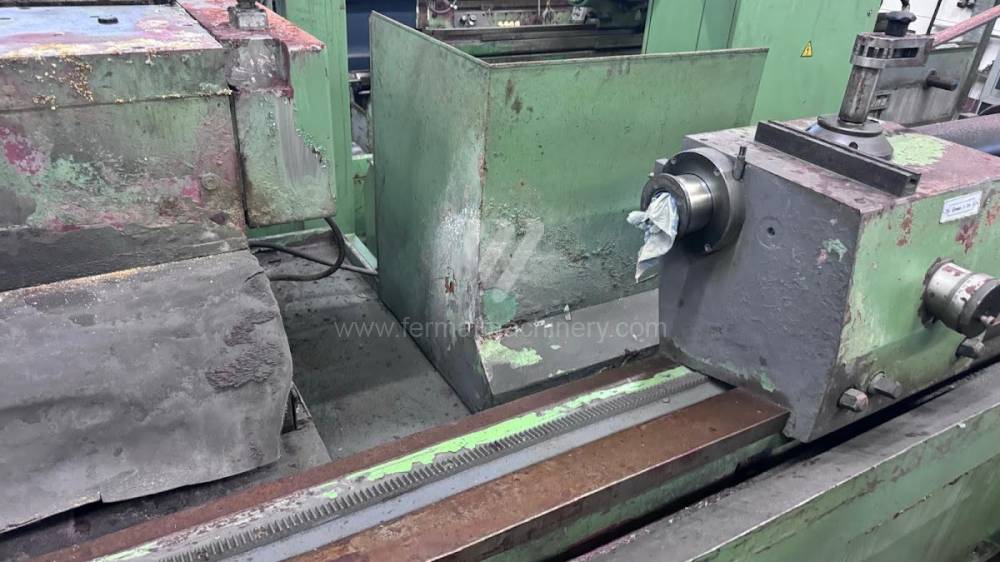
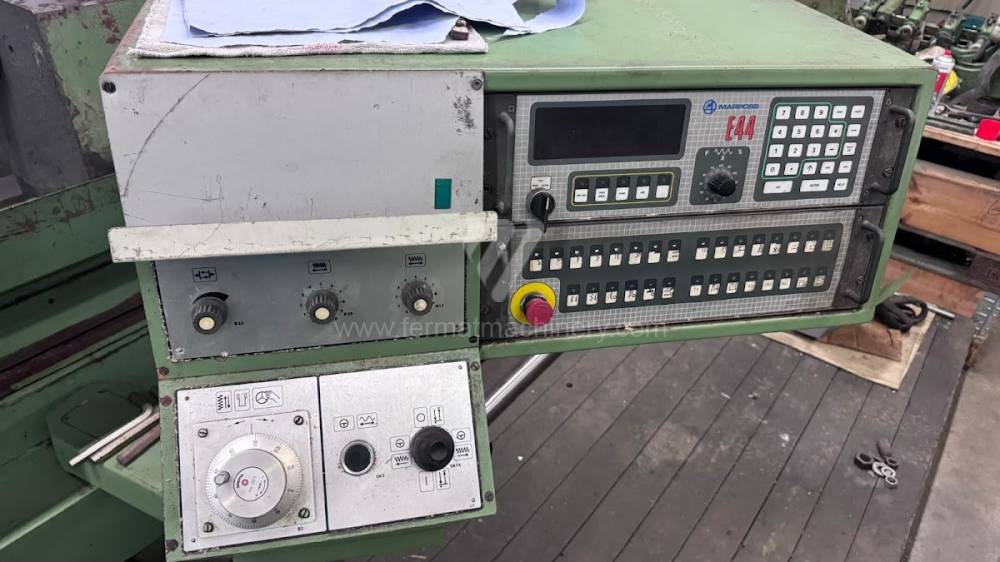
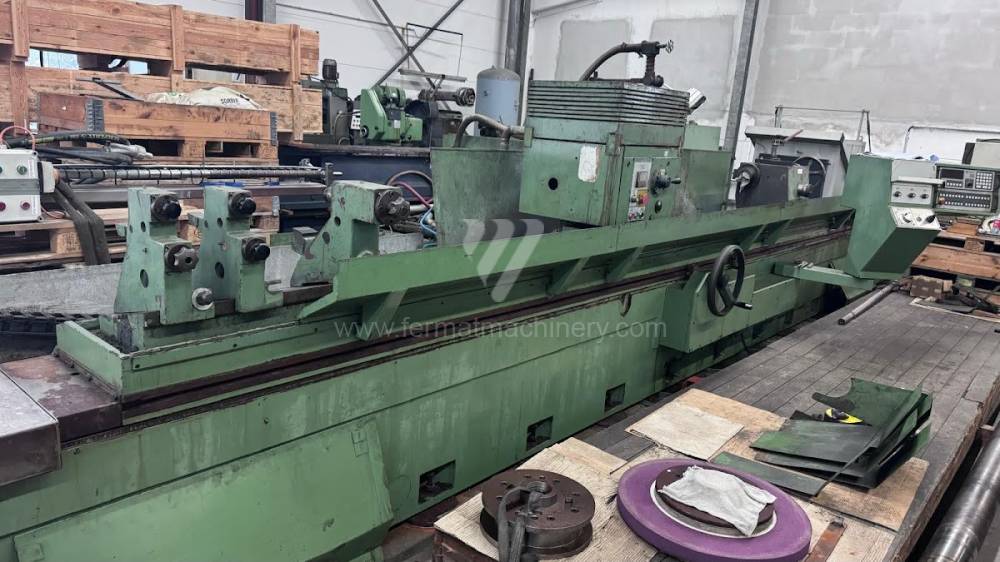
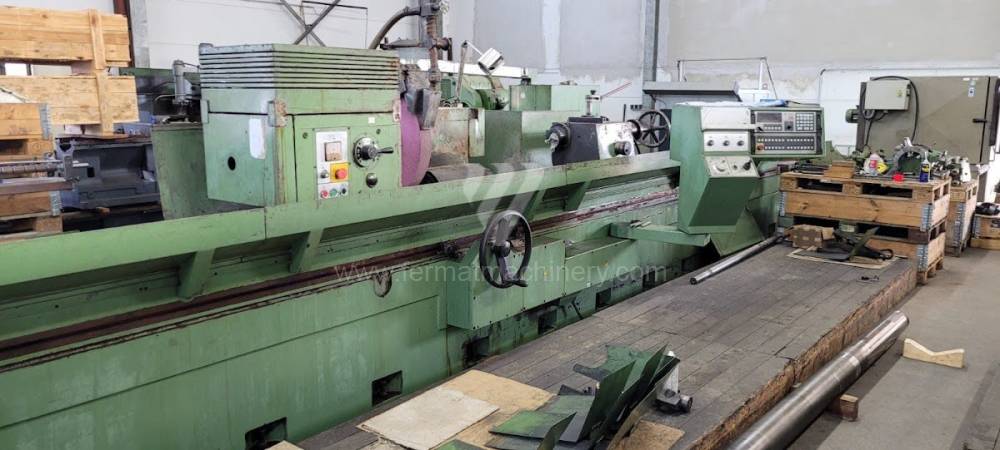
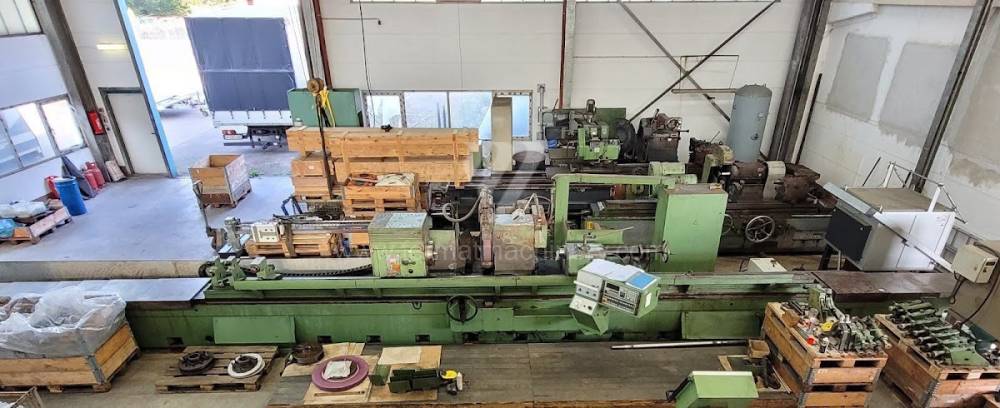
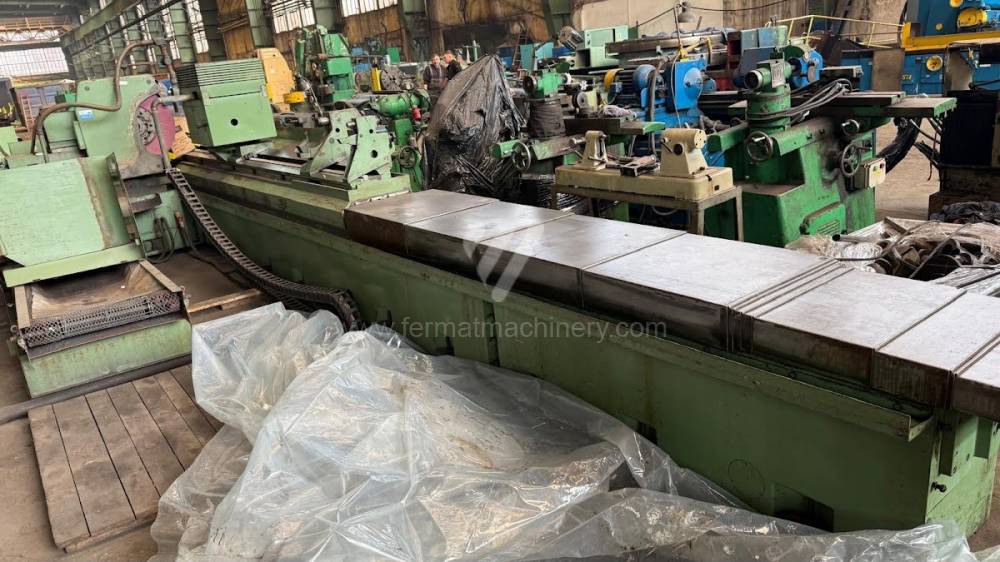
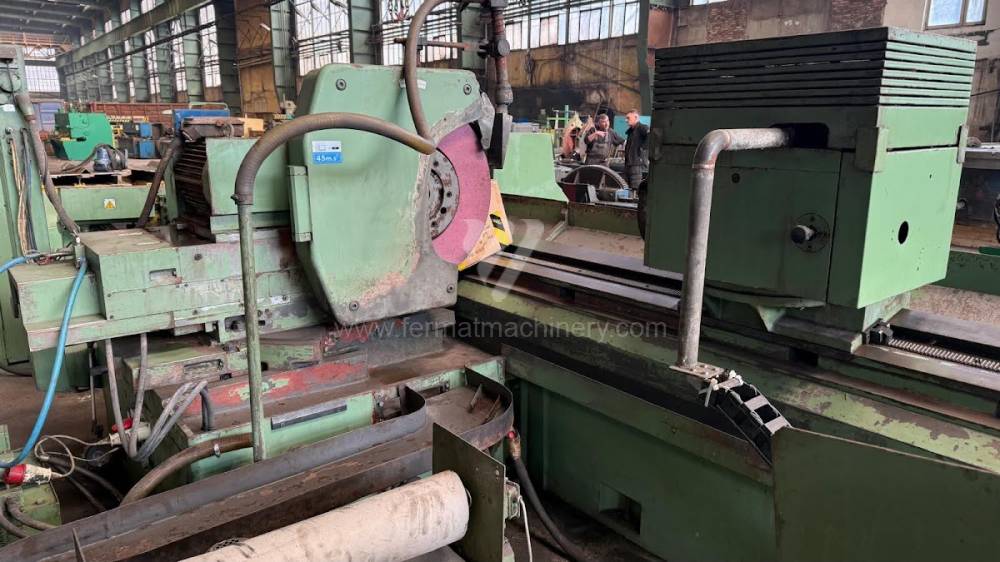
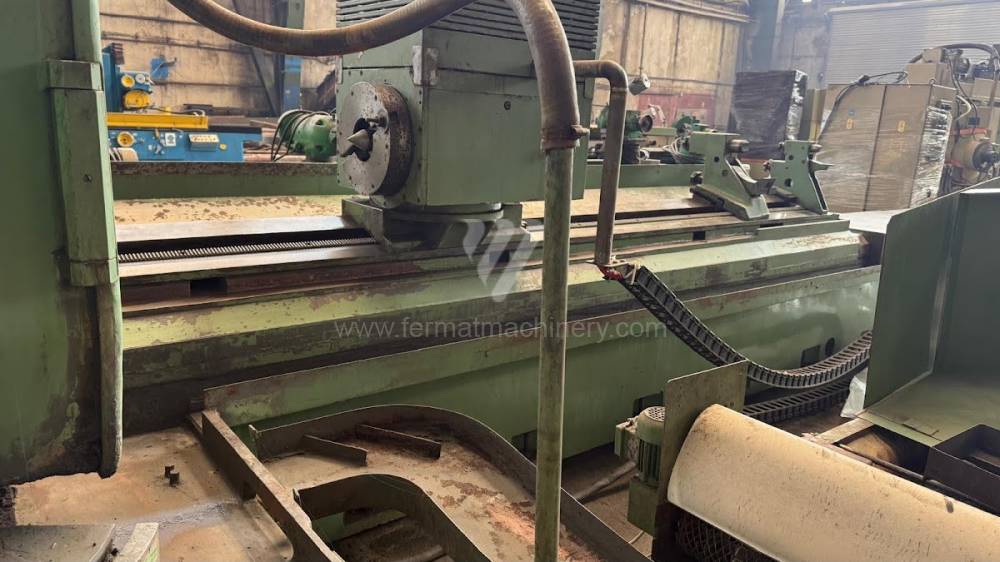
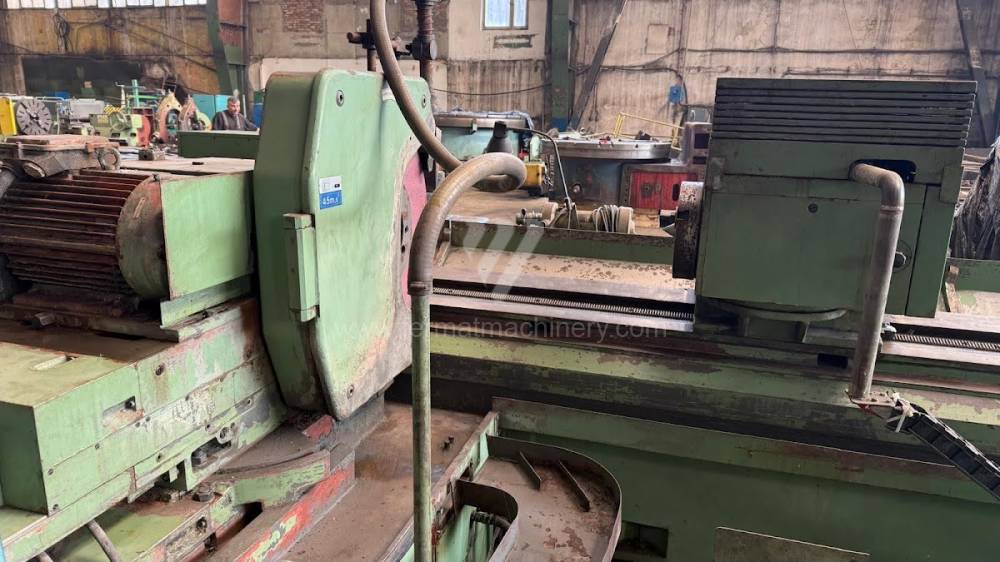
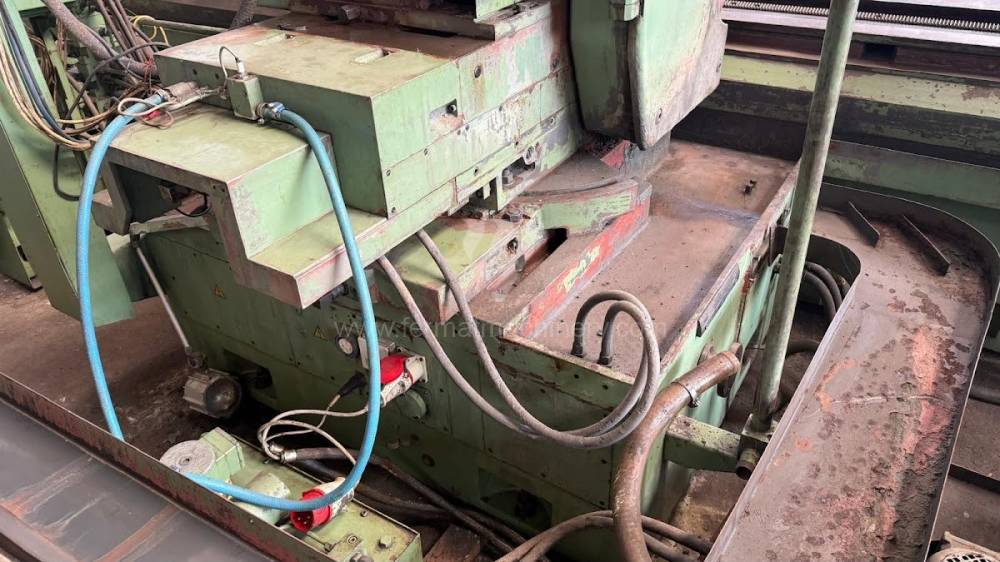

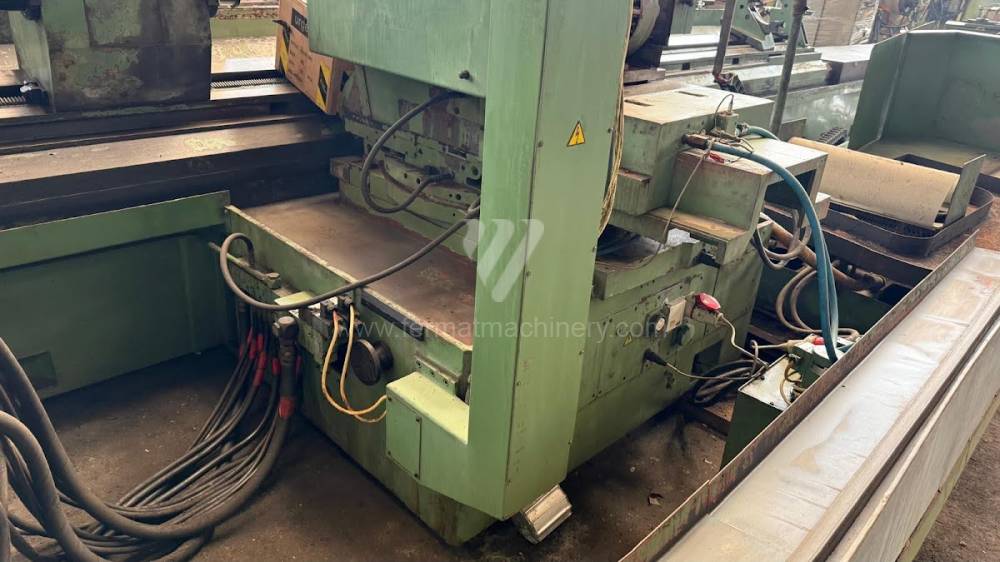

YOM:1991
Control system Marposs:
Max. diameter of grinding: 630 mm
Max. length of grinding: 6000 mm
Max. weight of workpiece: 3000 kg
Device for internal grinding: NO
Spindle taper: MORSE 6 .
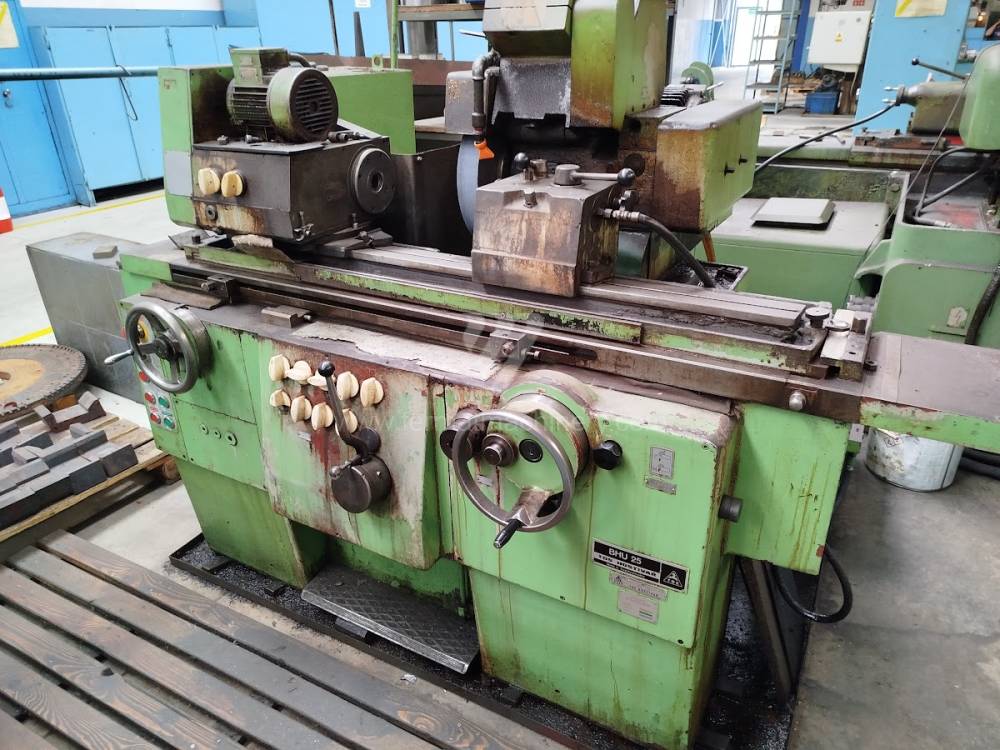
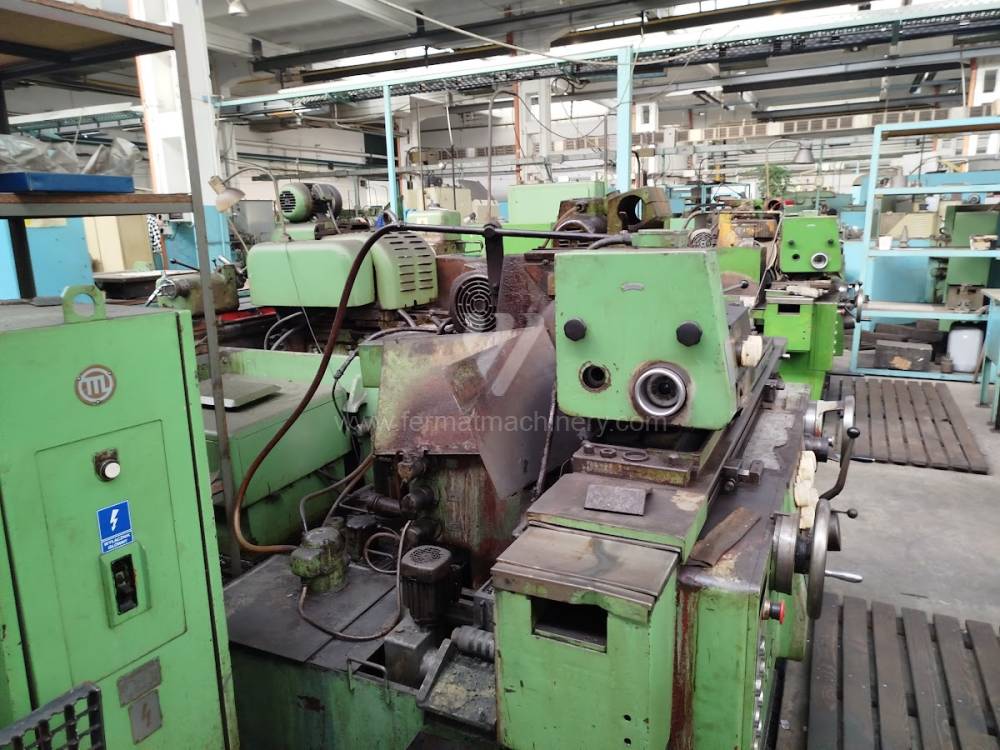
Max. diameter of grinding: 350 mm
Max. length of grinding: 600 mm
Max. weight of workpiece: 60 kg
Device for internal grinding: NO
Machine dimensions l x w x h: 2000x1700x1300 mm
Machine weight: 2300 kg
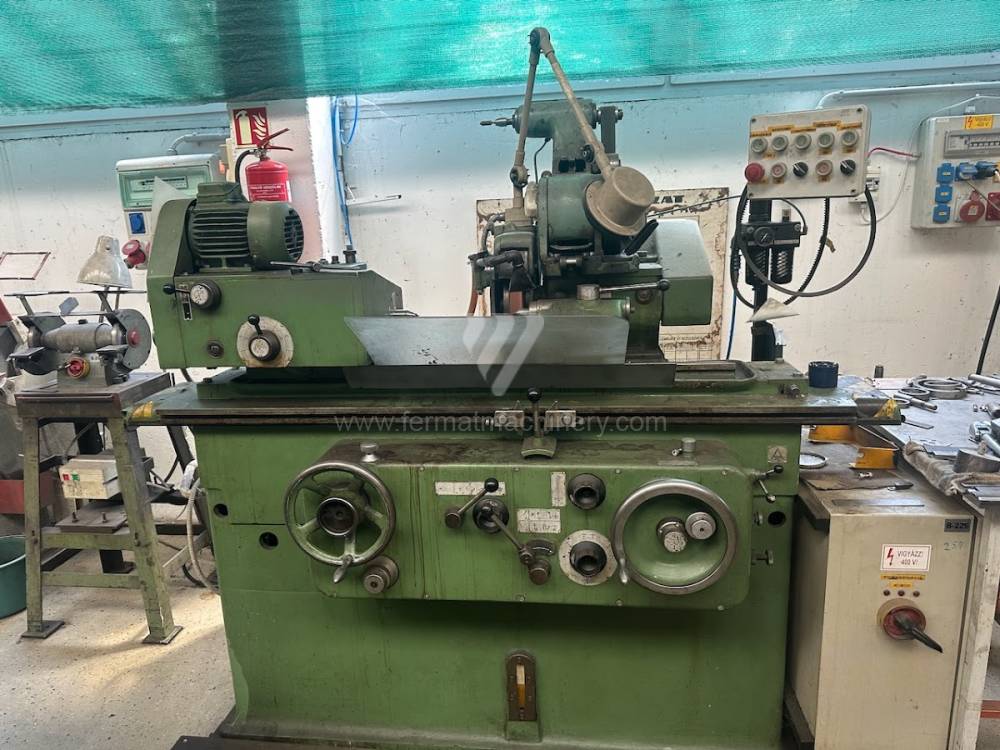
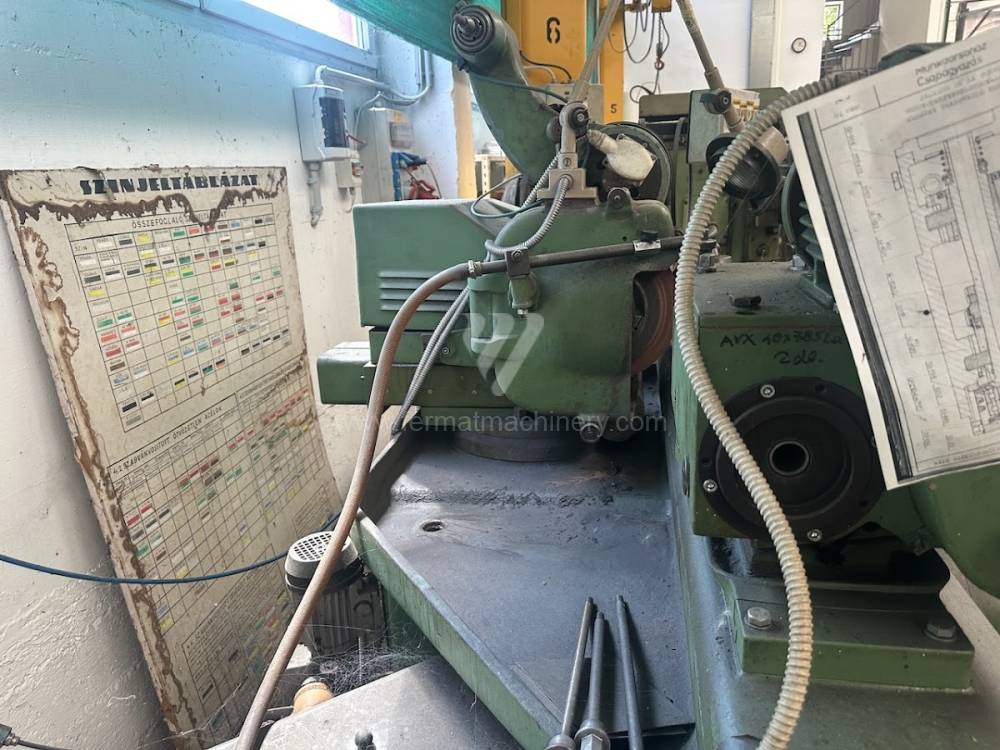
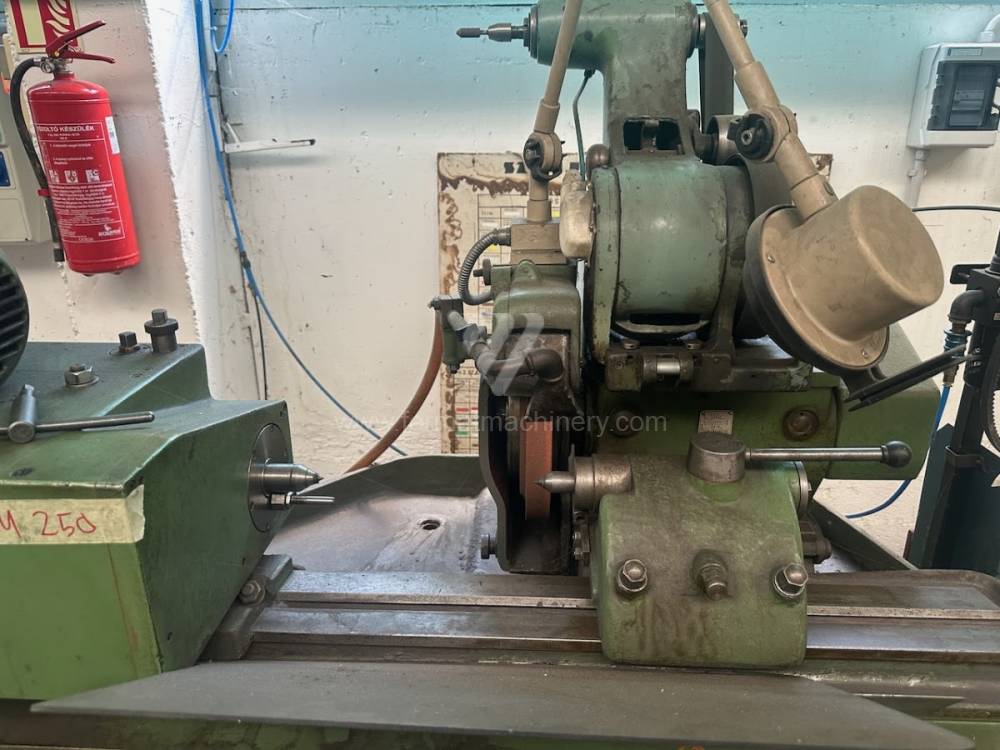
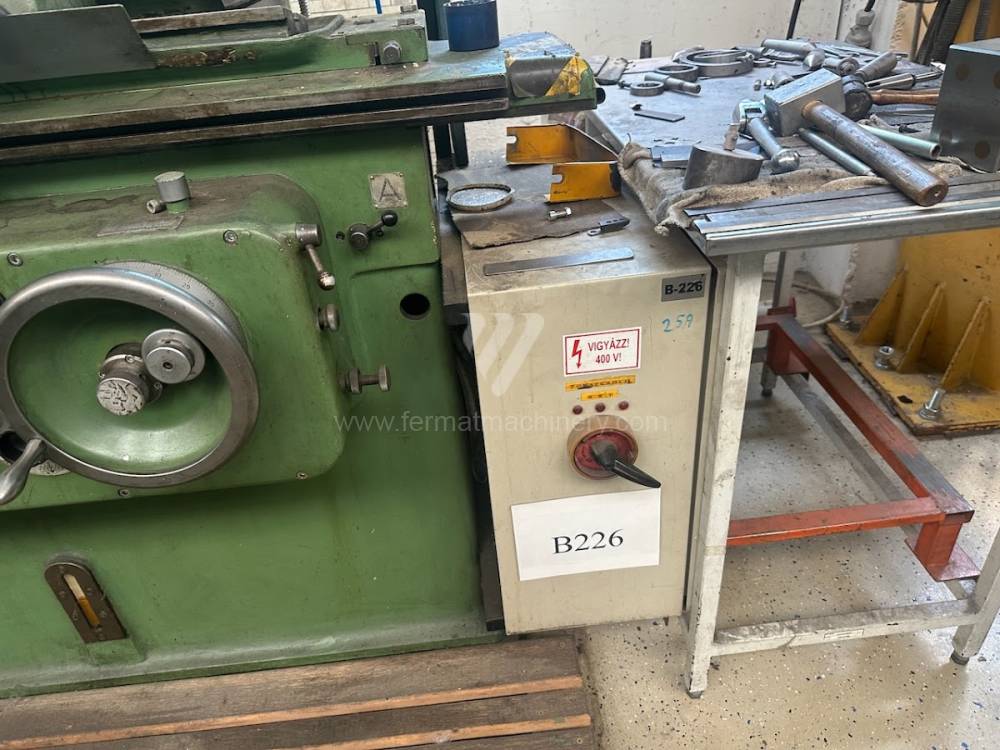
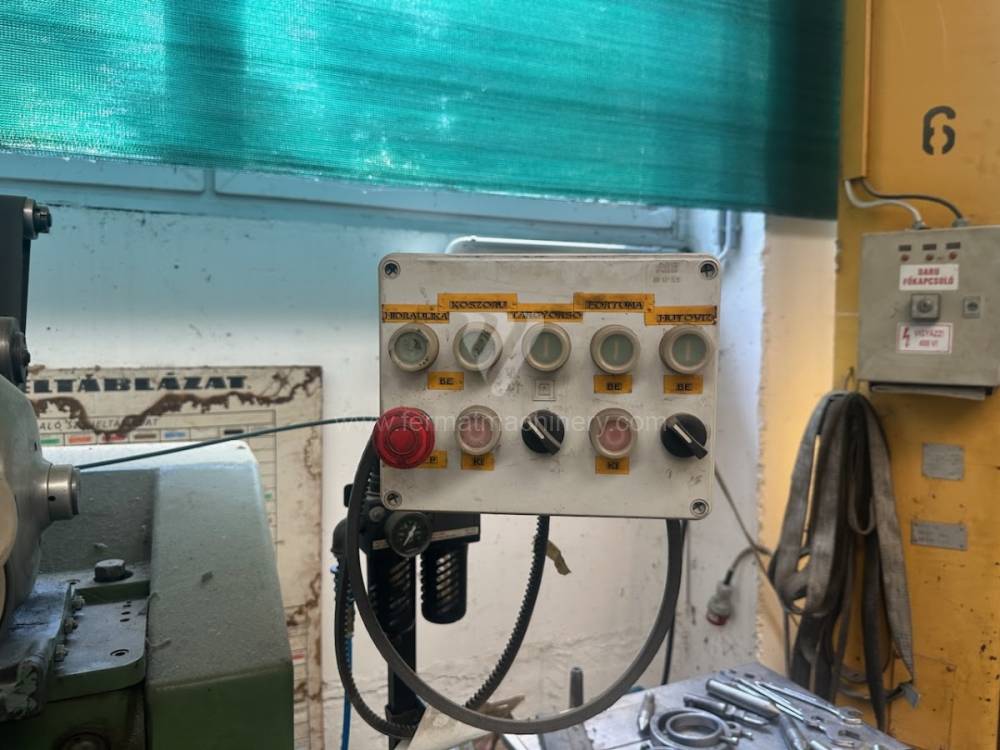
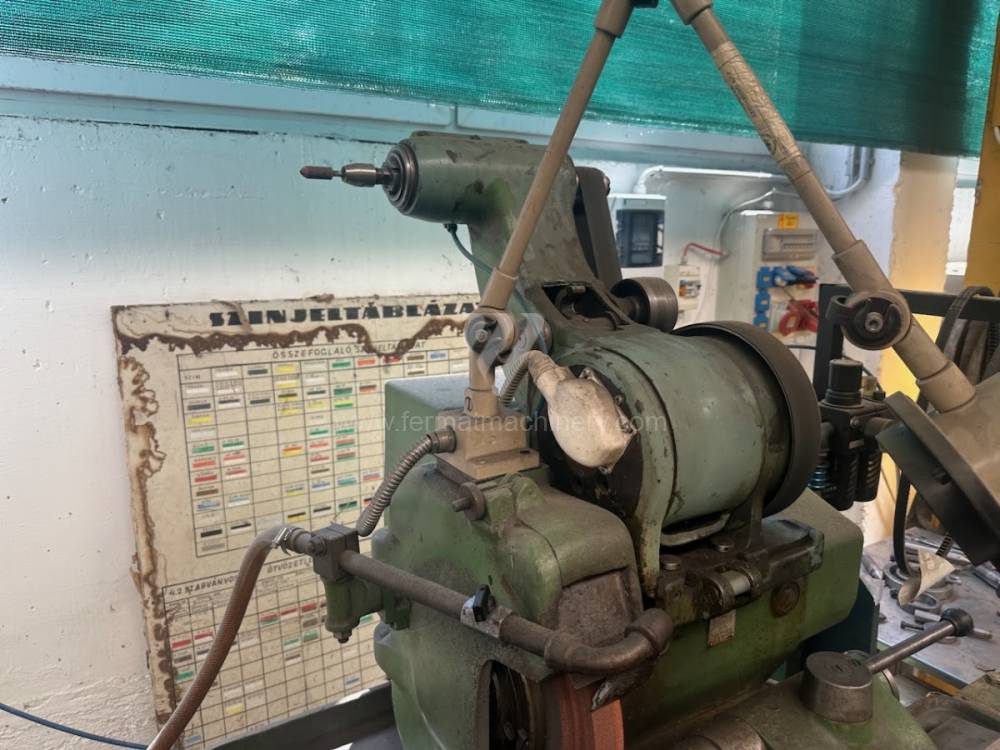
Max. diameter of grinding: 250 mm
Max. length of grinding: 750 mm
Max. weight of workpiece: 120 kg
Device for internal grinding: YES
Main motor power: 4 kW
Machine dimensions l x w x h: 1400x1420x1500 mm
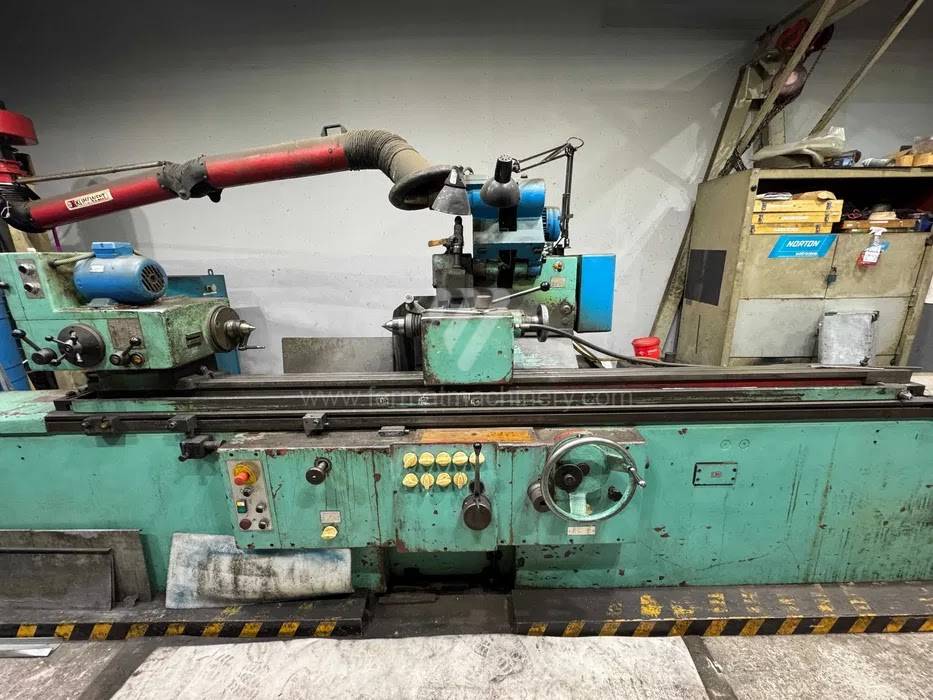
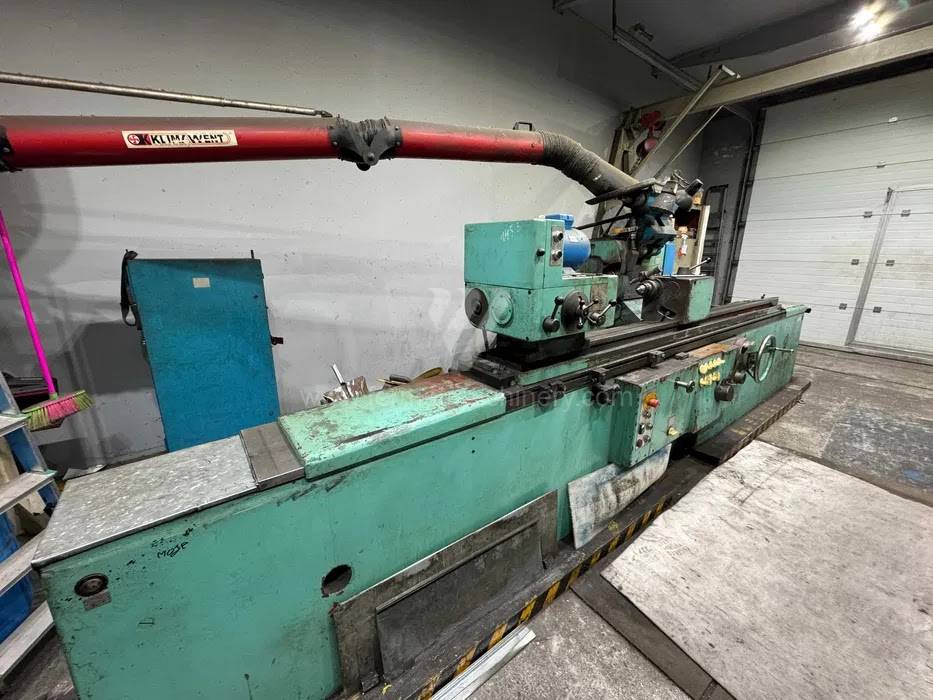
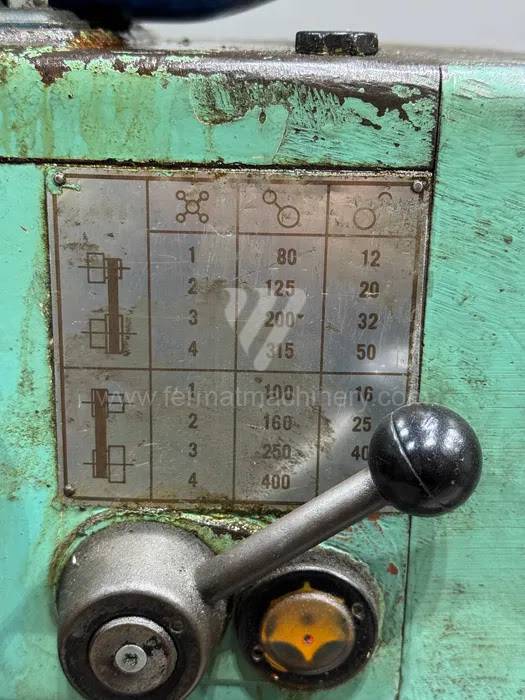
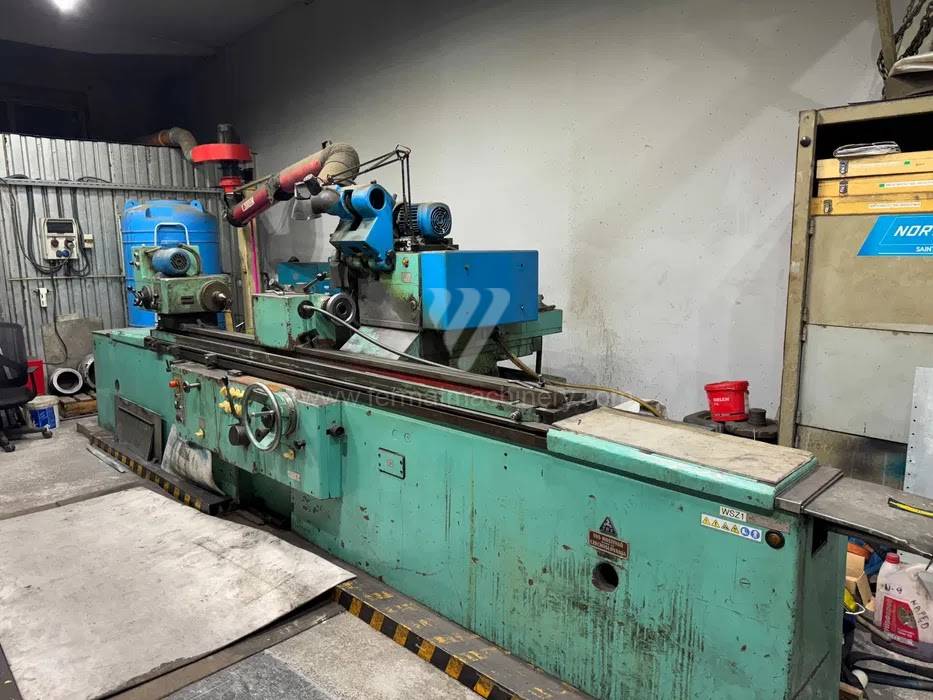
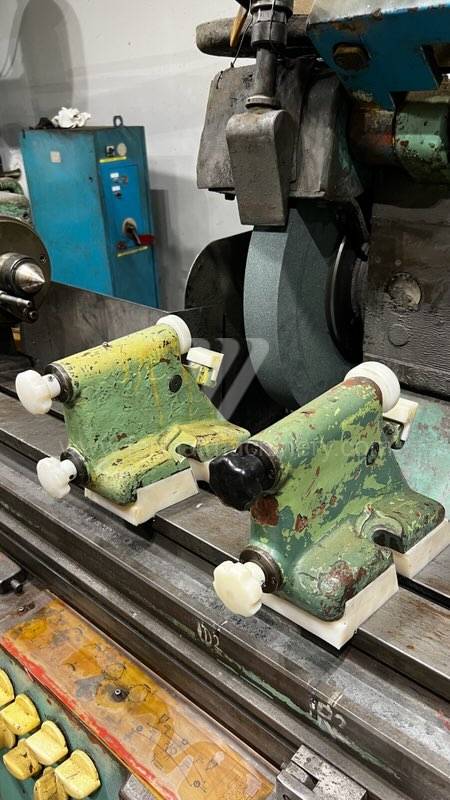
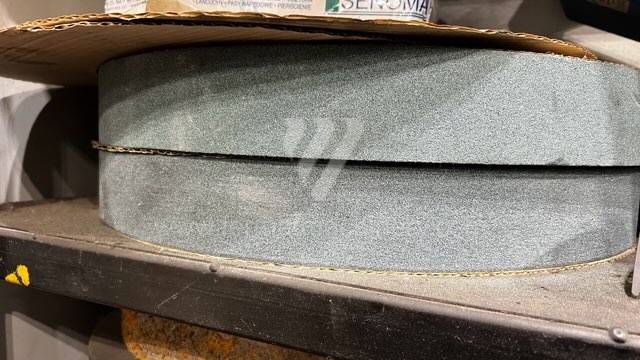
Max. diameter of grinding: 400 mm
Max. length of grinding: 2000 mm
Distance between centres: 2000 mm
Max. weight of workpiece: 250 kg
Main motor power: 7,5 kW
Machine dimensions l x w x h: 7740x2320x1039 mm
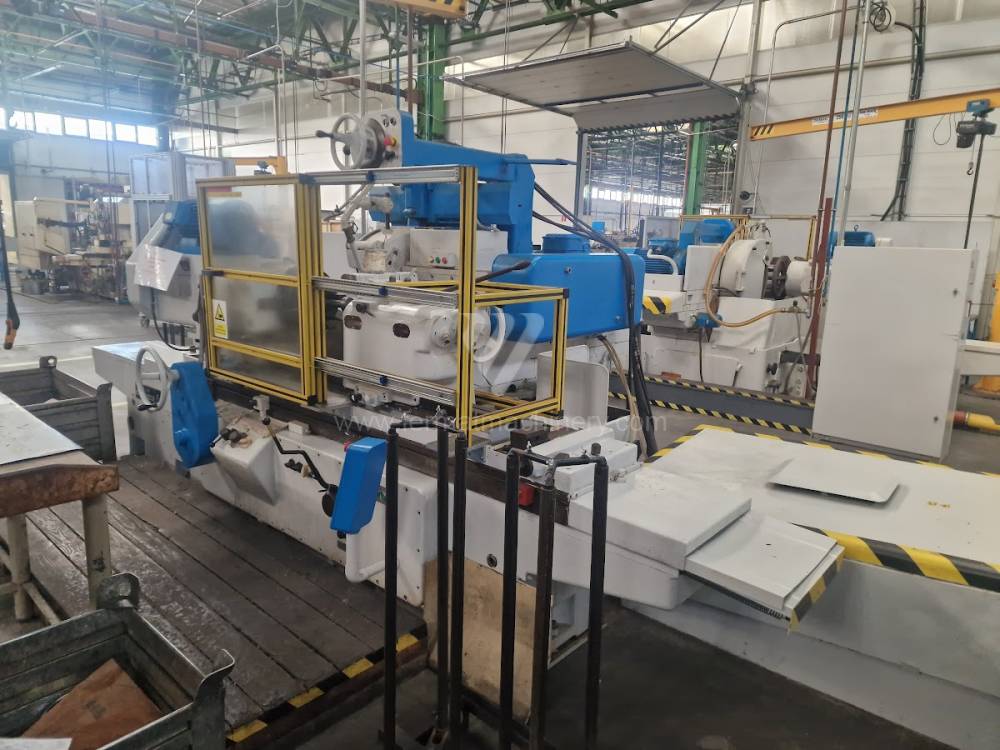
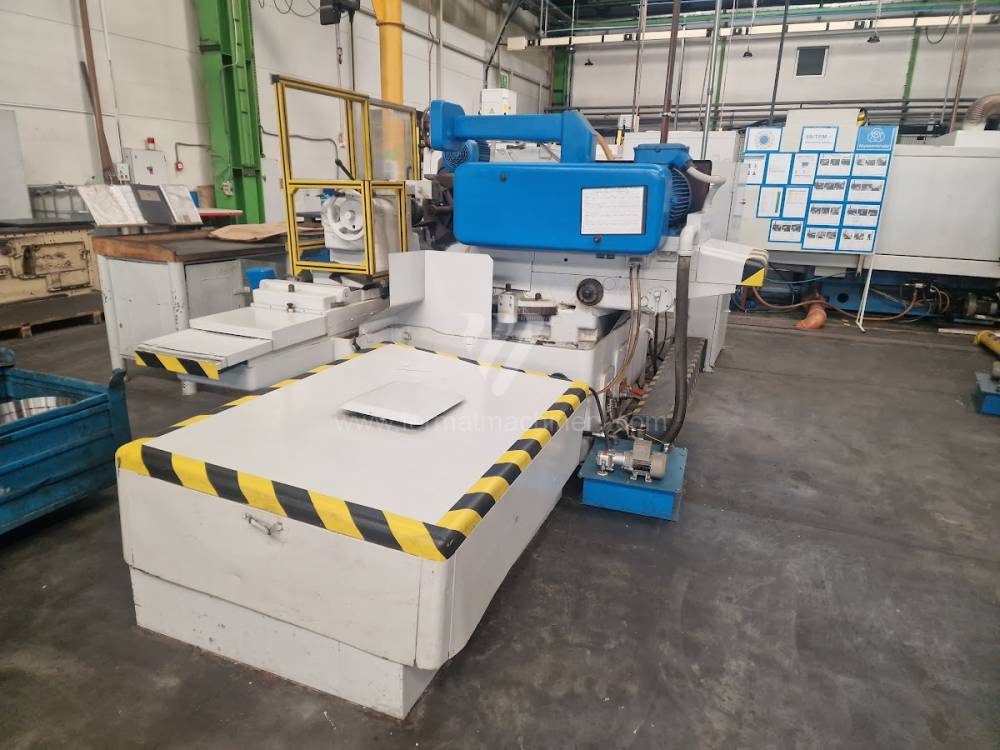
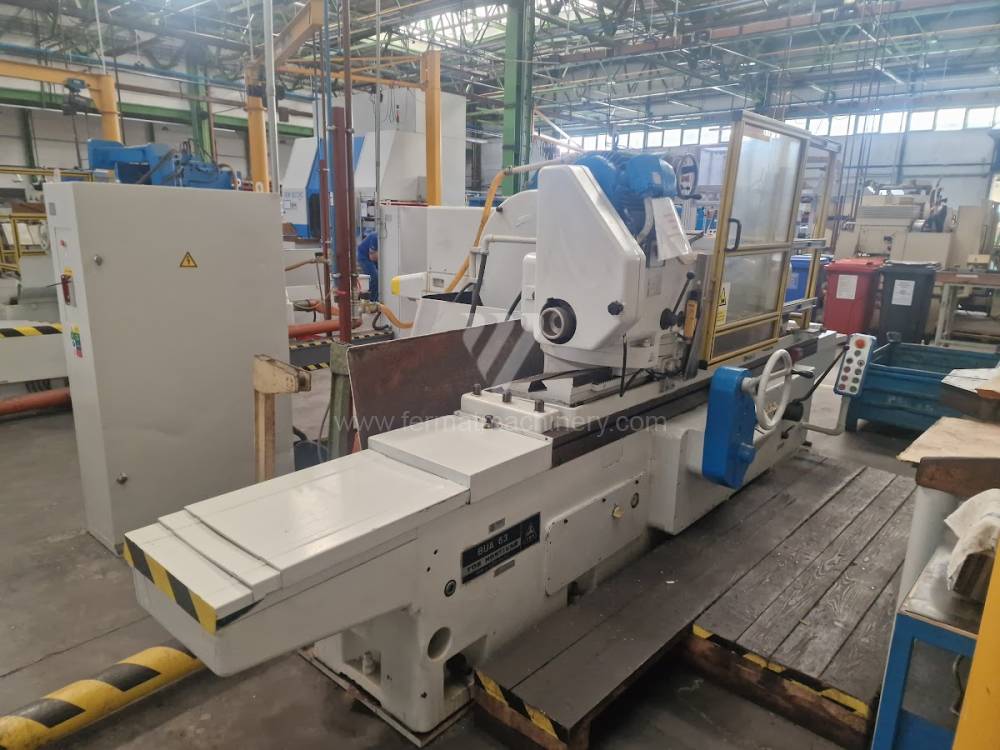
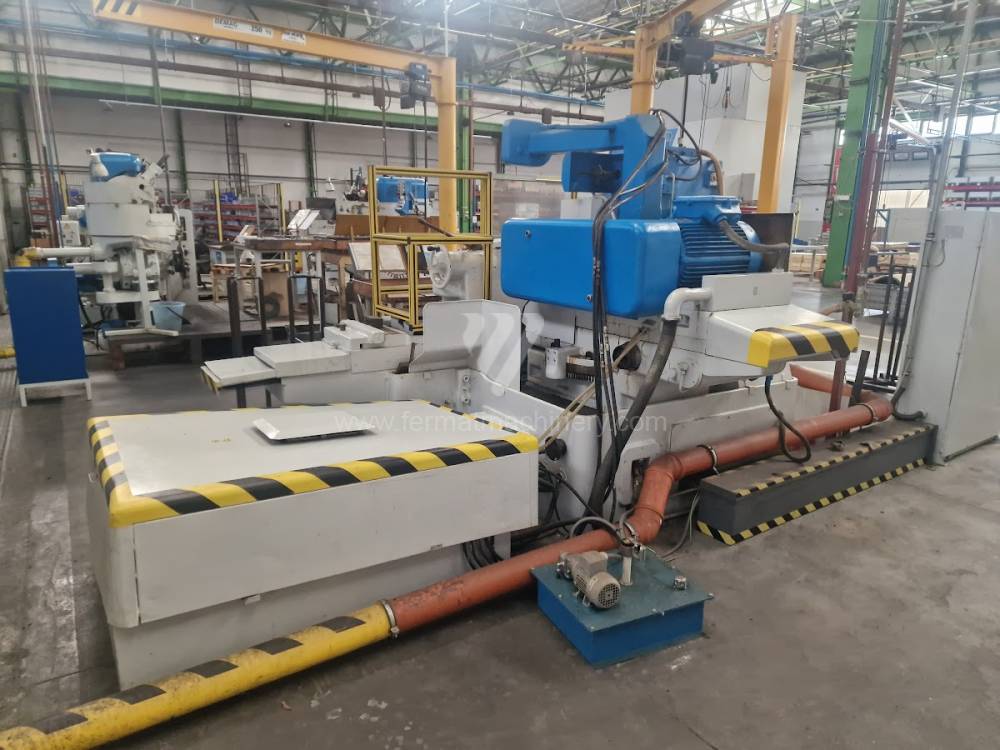
YOM:1976
Max. diameter of grinding: 630 mm
Max. length of grinding: 1000 mm
Max. weight of workpiece: 900 kg
Device for internal grinding:
Spindle taper: MORSE 6 .
Chuck diameter: 315 mm
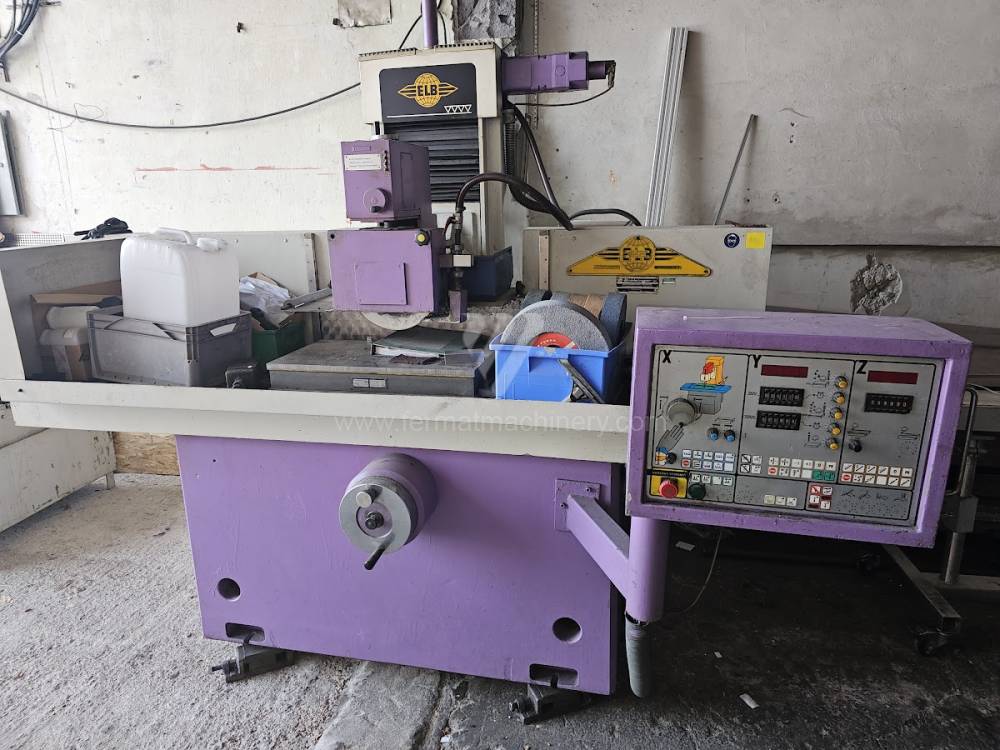
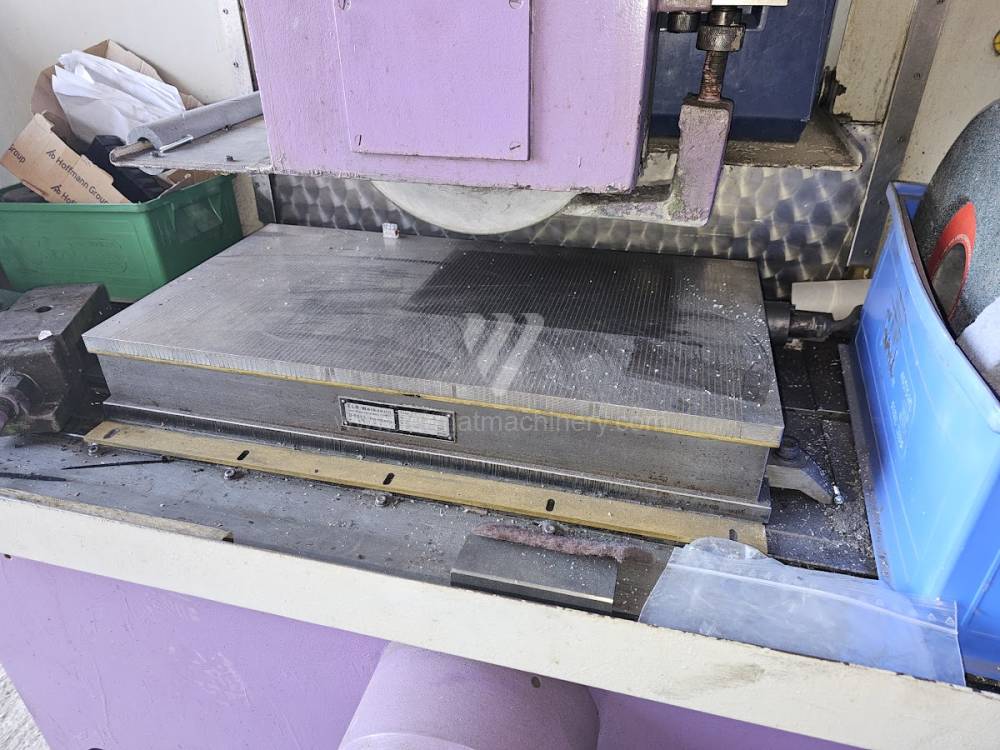
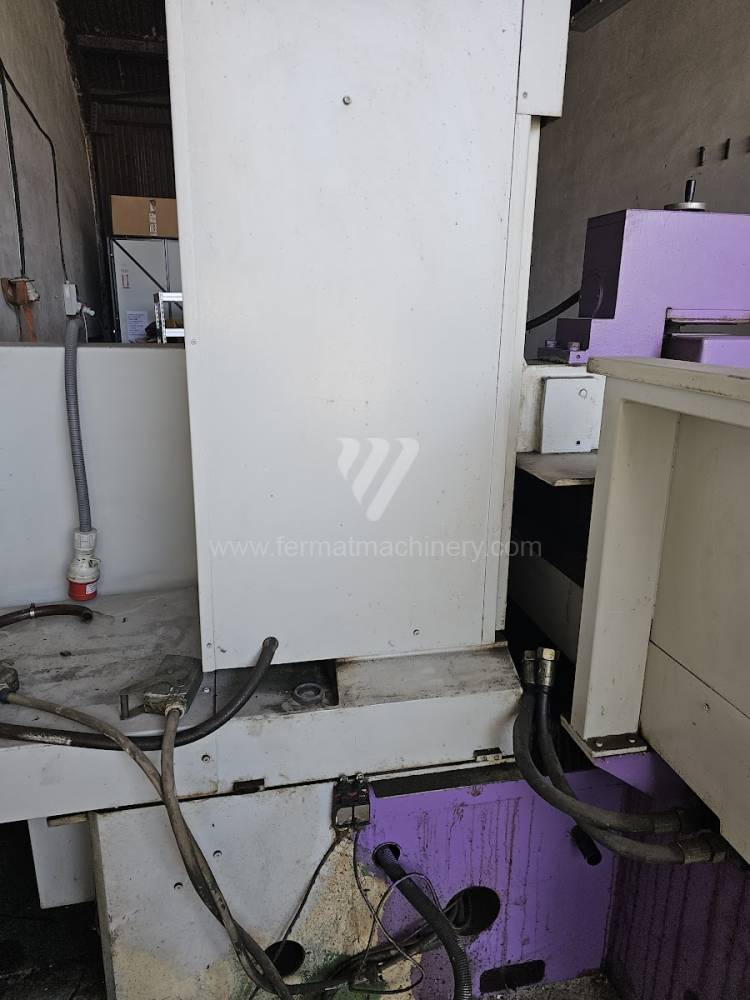
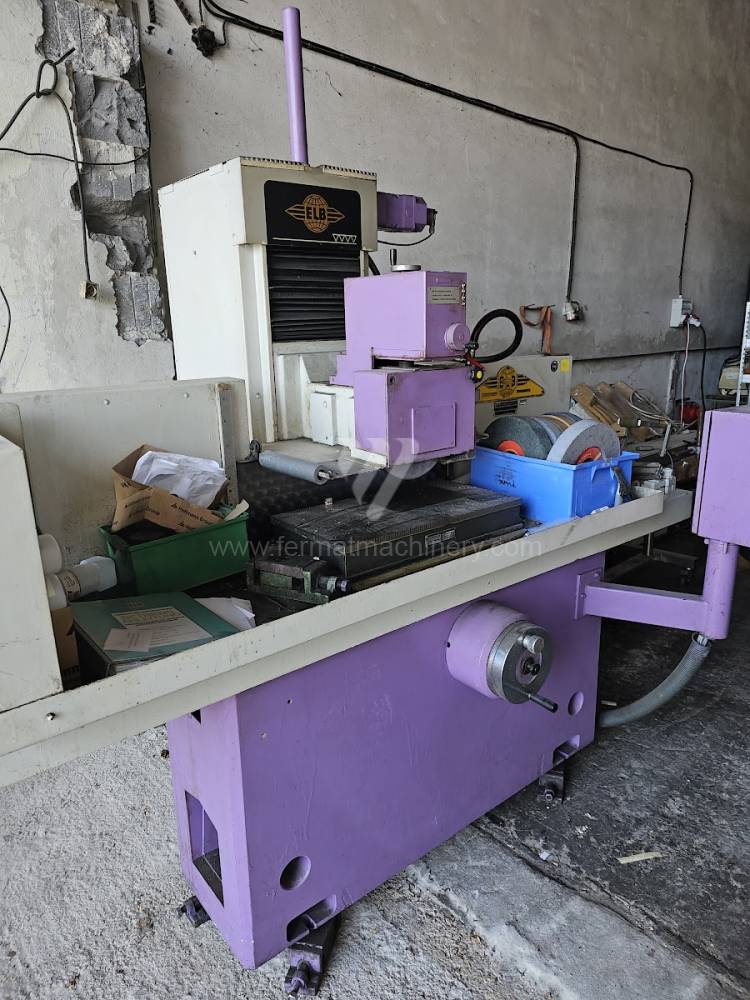
Max. length of grinding: 600 mm
Max. width of grinding: 300 mm
Max. workpiece height: mm
Spindle bearing grinders: Horizontální
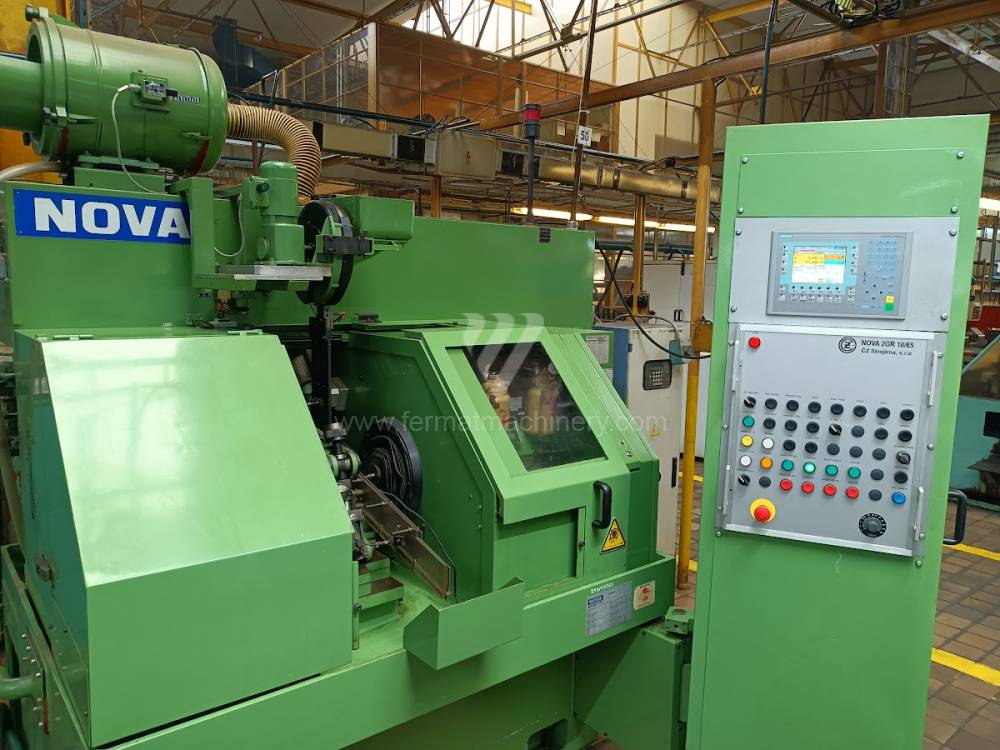
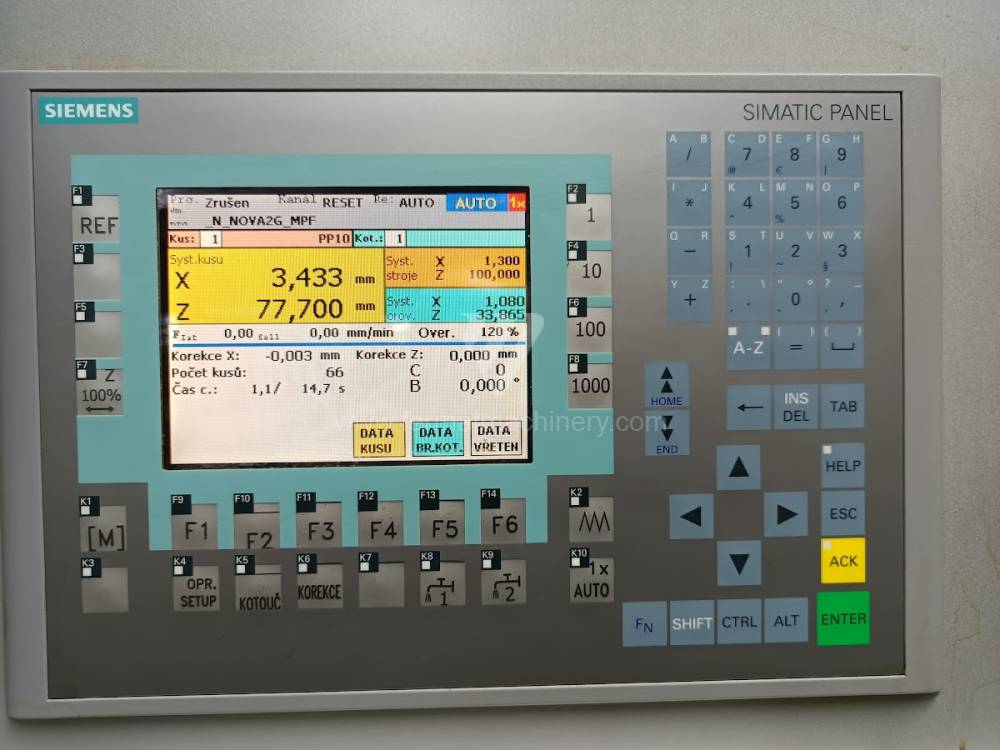
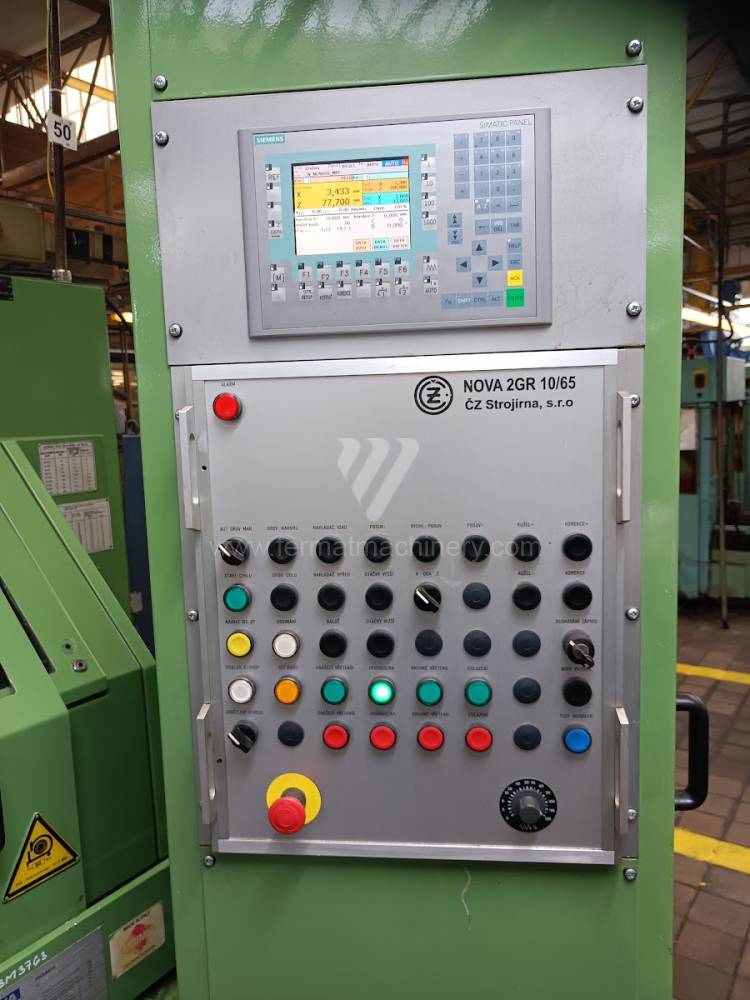
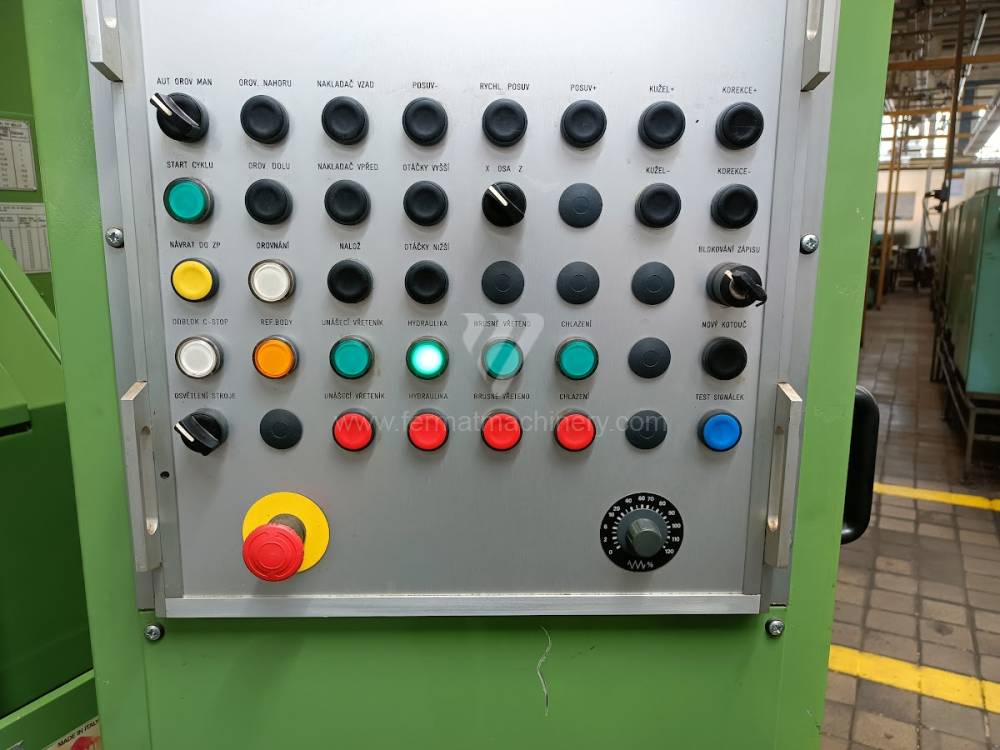
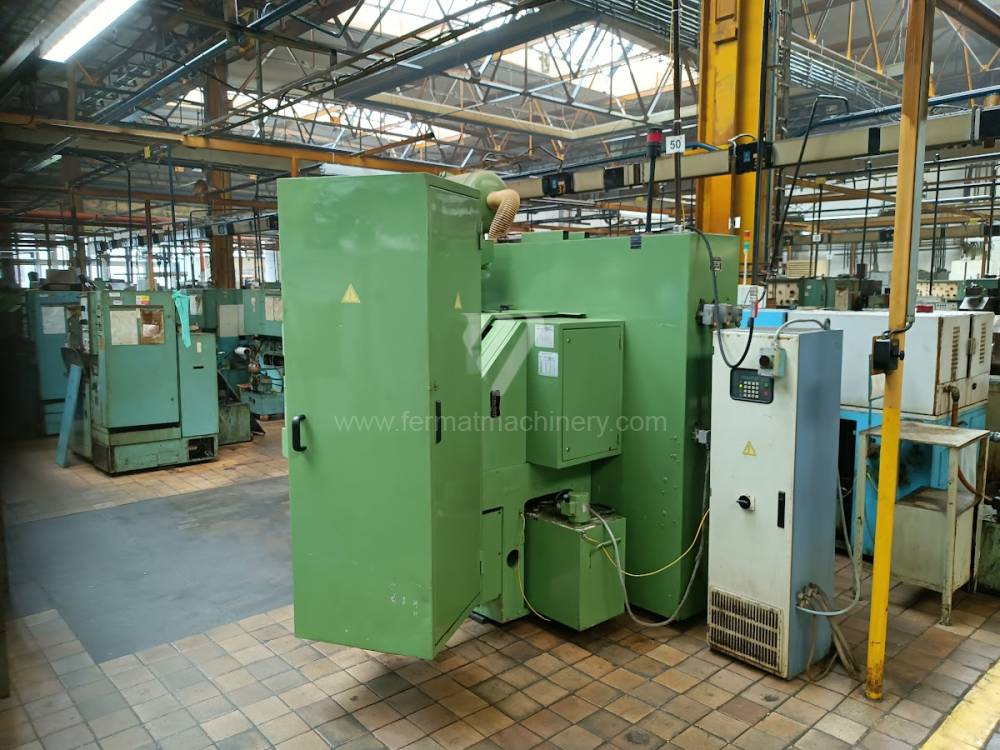
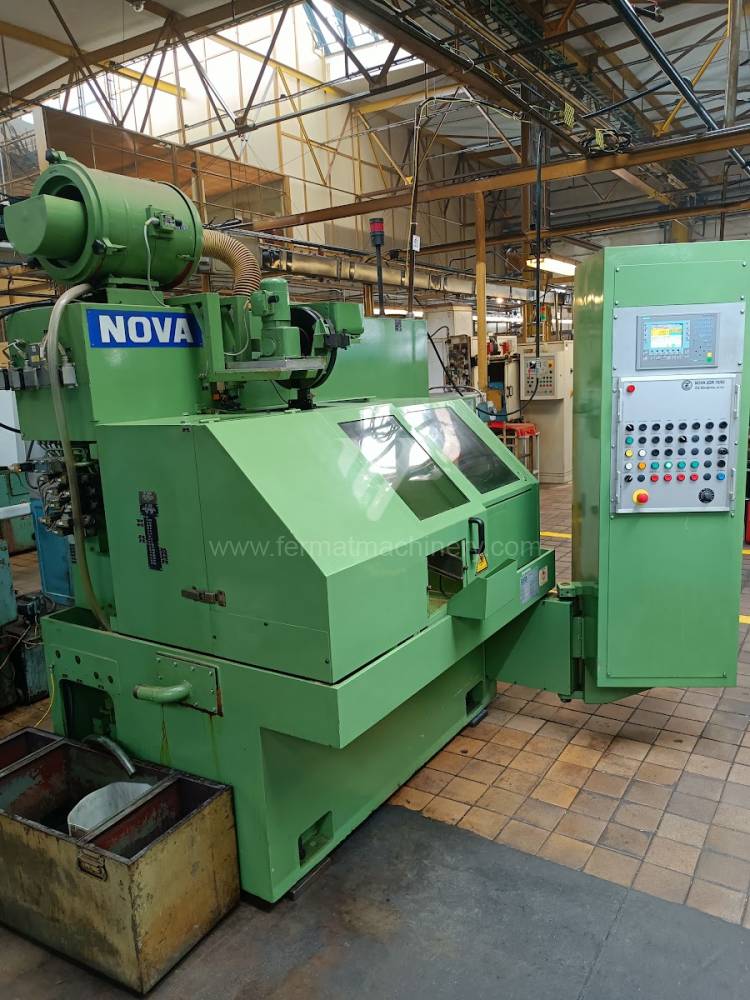
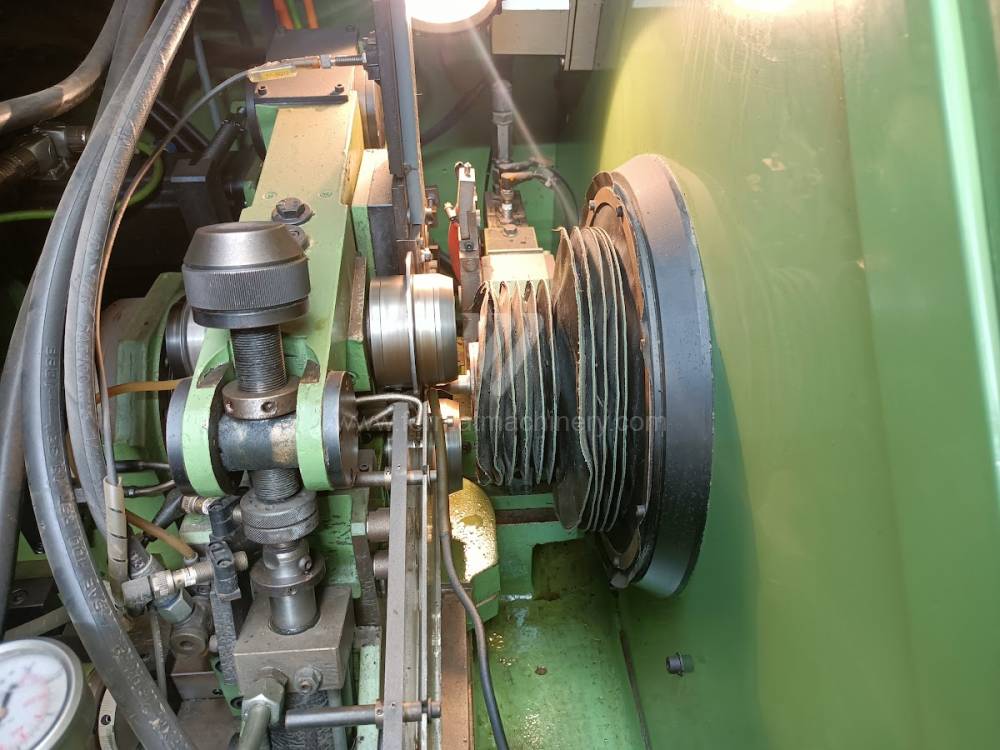
YOM:1989
Control system Siemens: Simatic S7-300
Max. diameter of workpiece: 65 mm
Max. diameter of grinded hole: 65 mm
Max. depth of grinding: 40 mm
Min. diameter of grinding: 10 mm
Travel X-axis: 40 mm
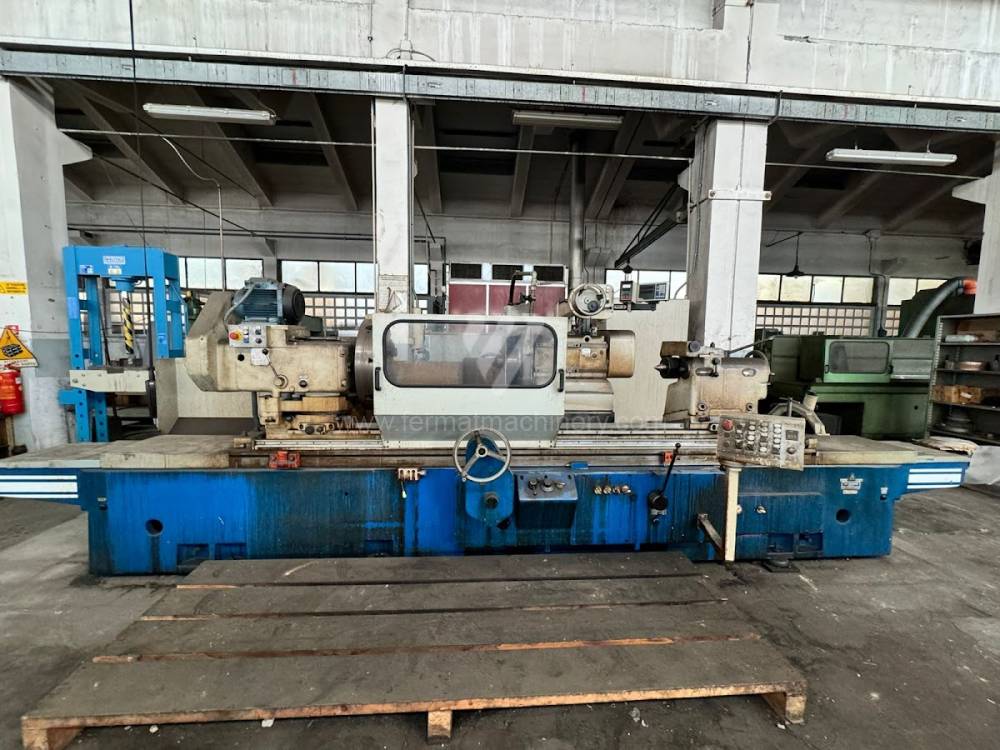
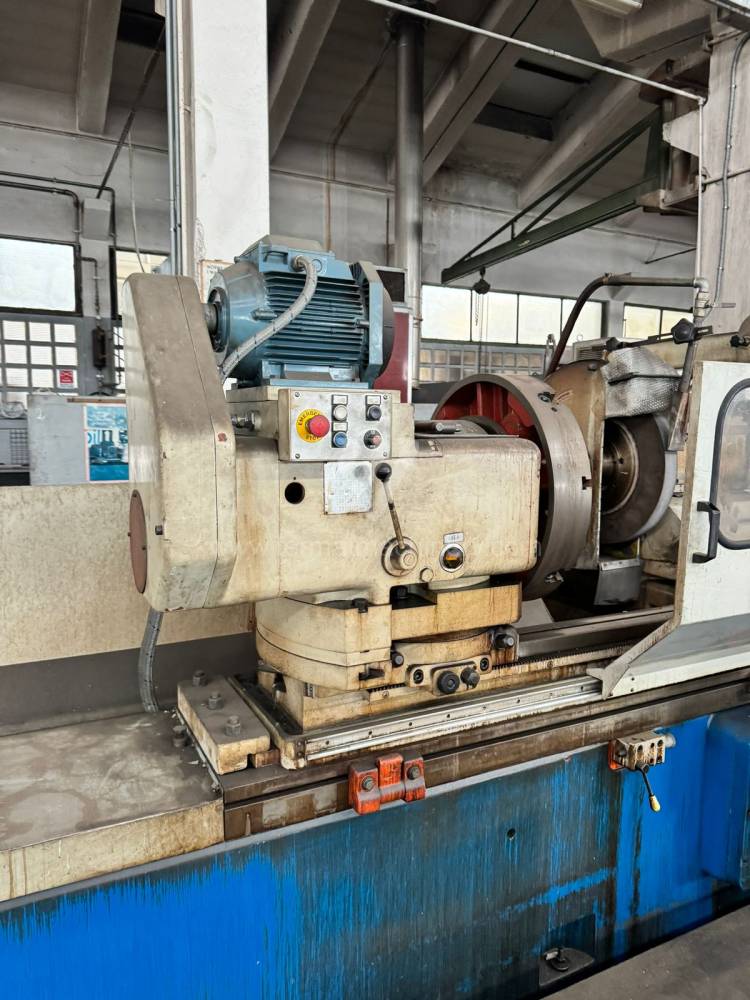
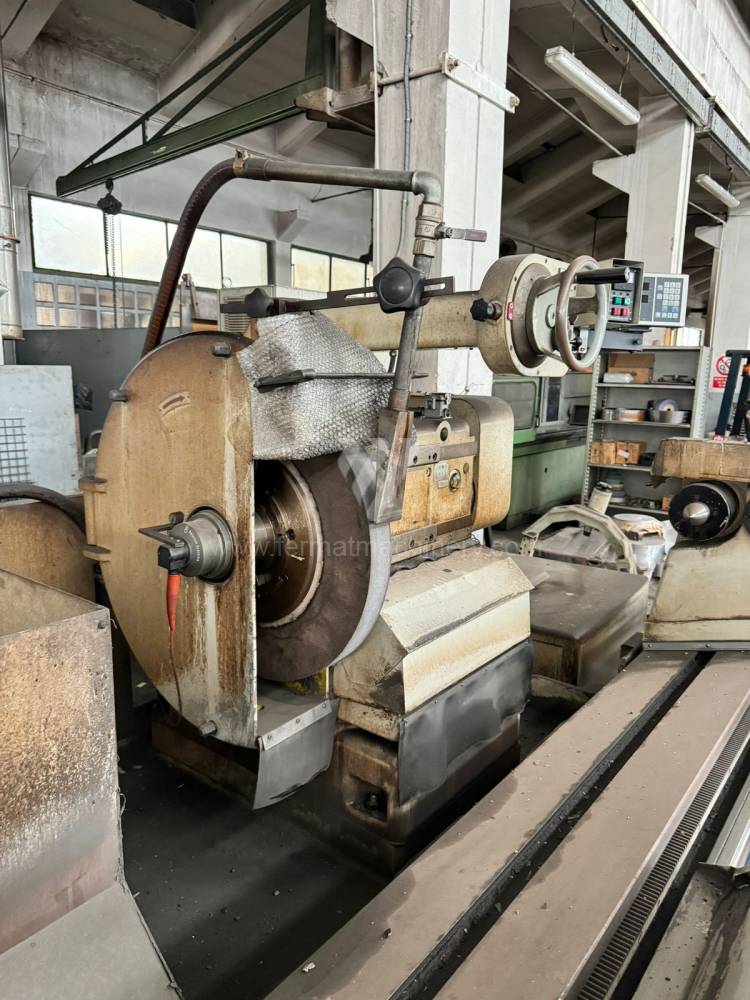
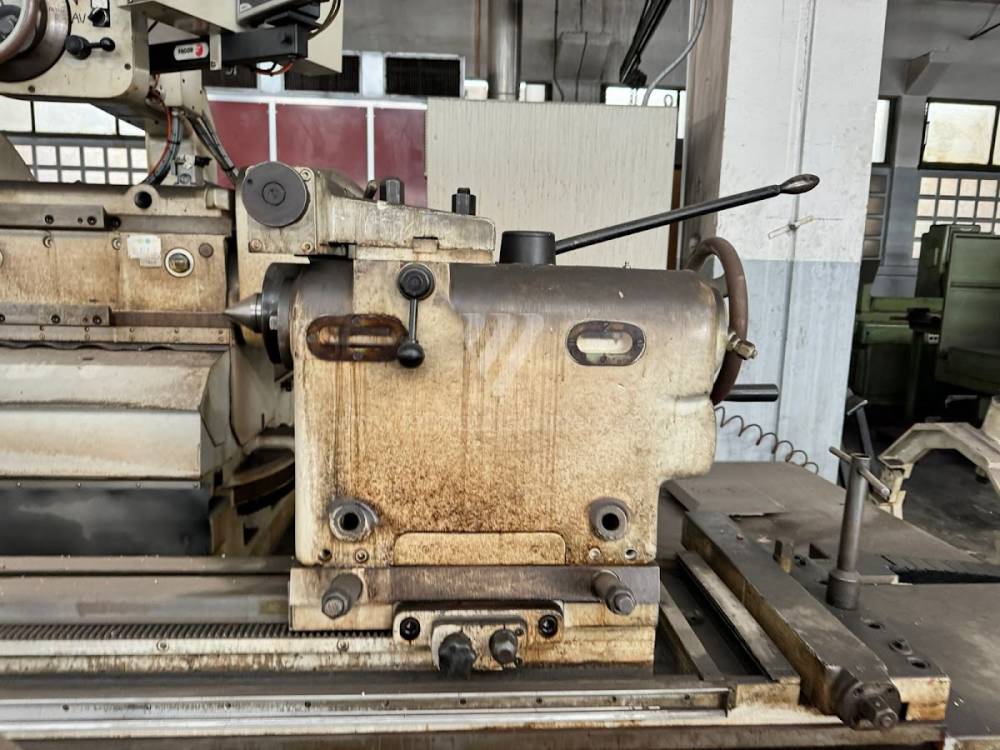
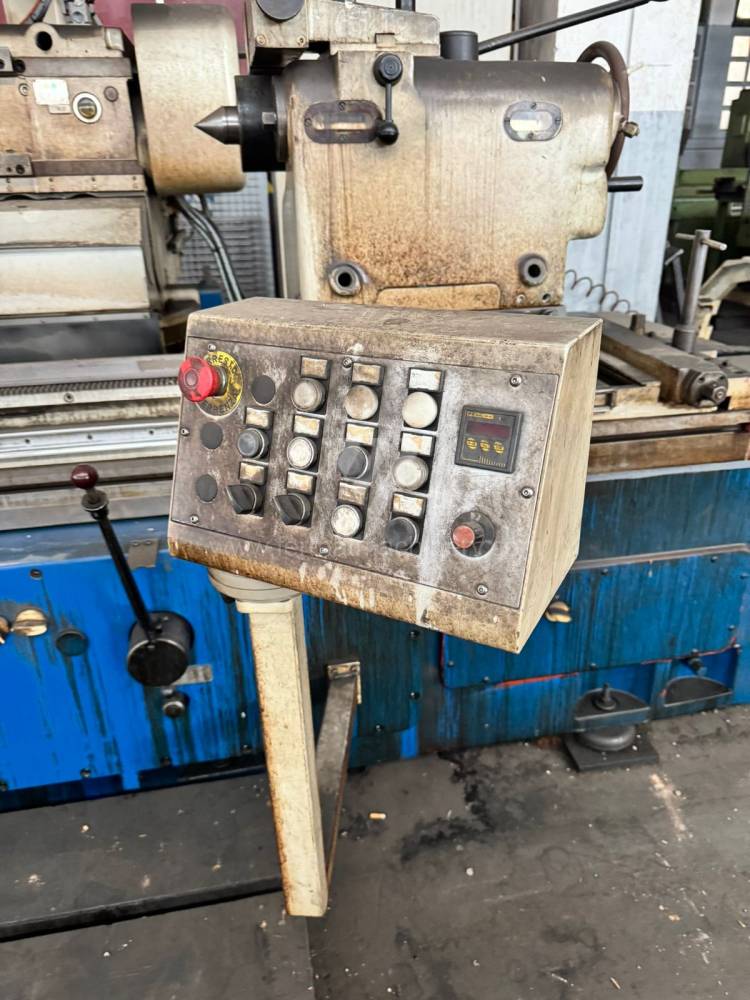
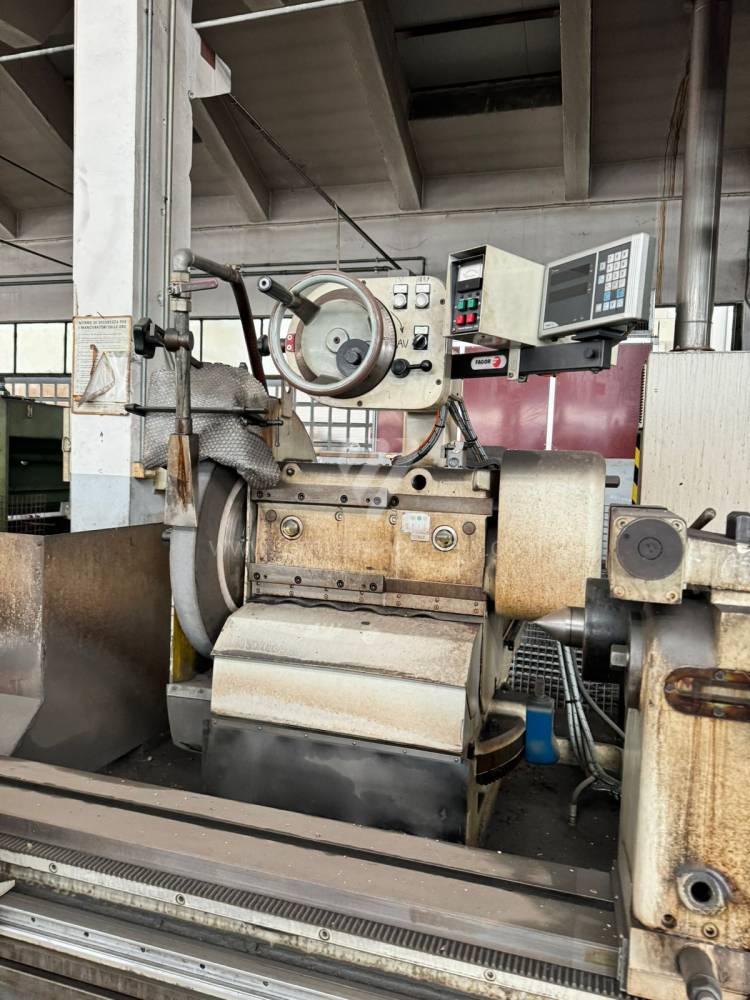
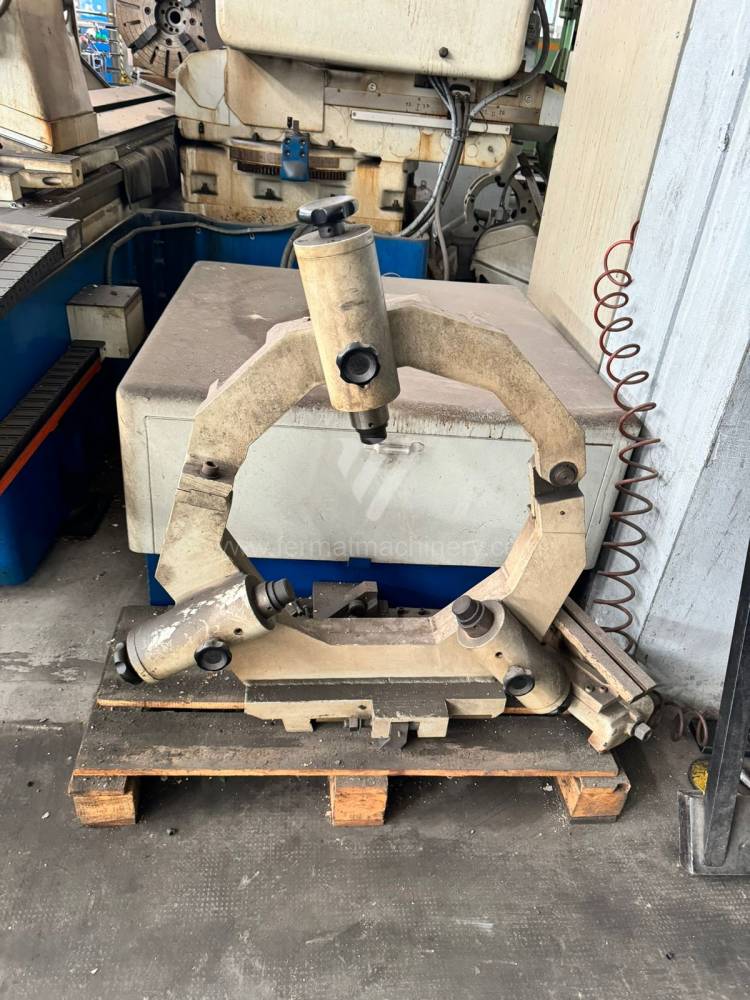
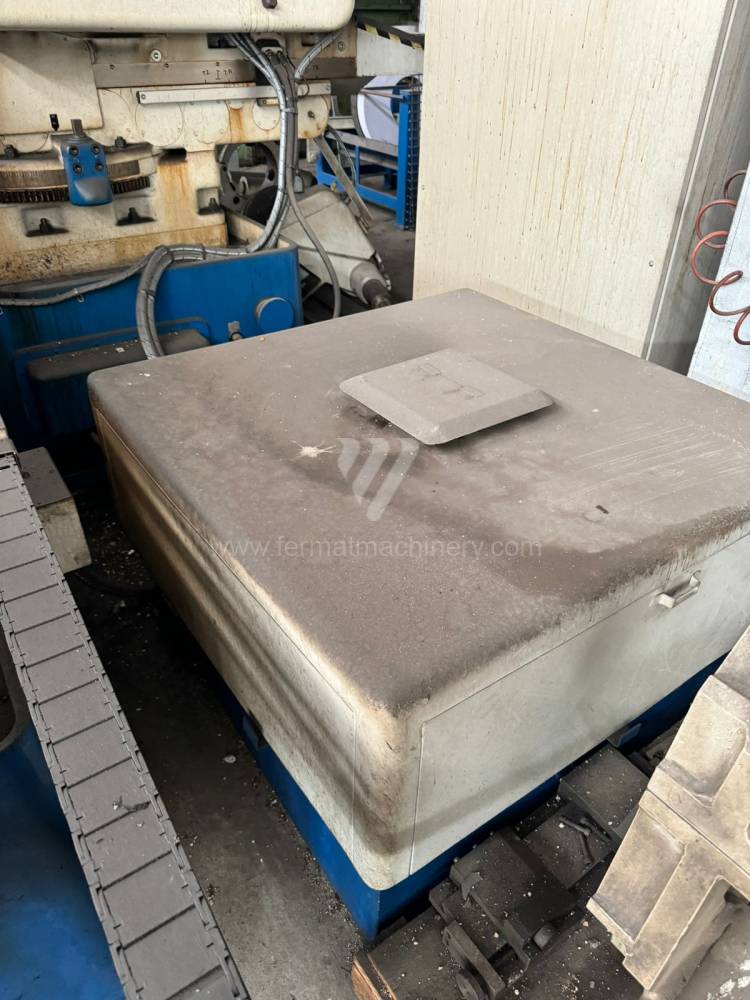
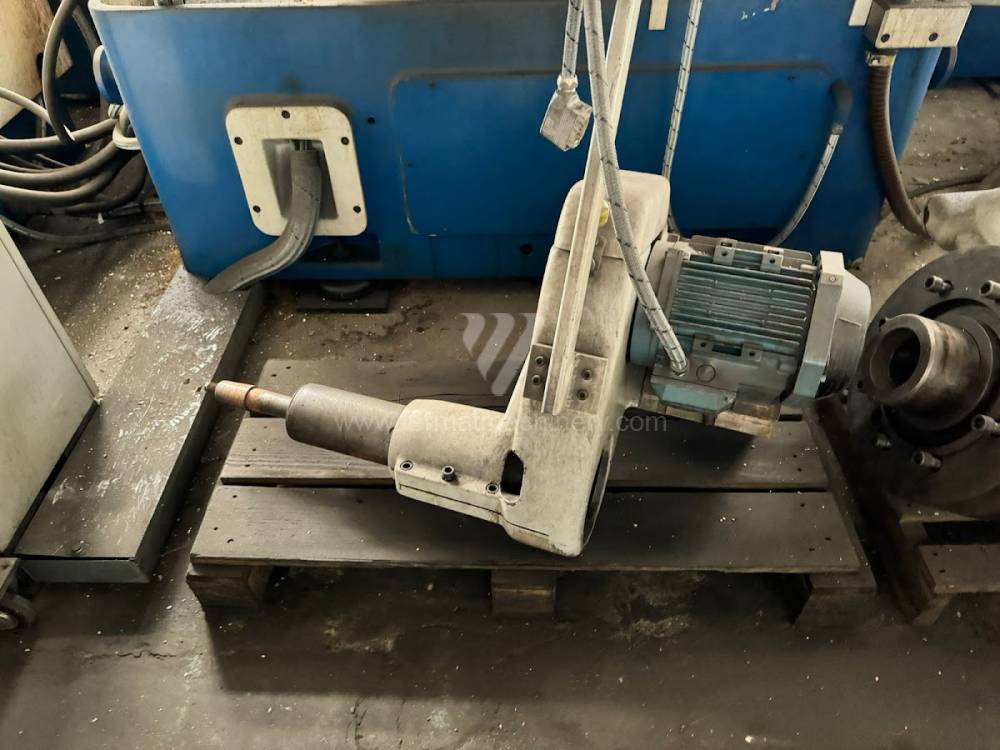
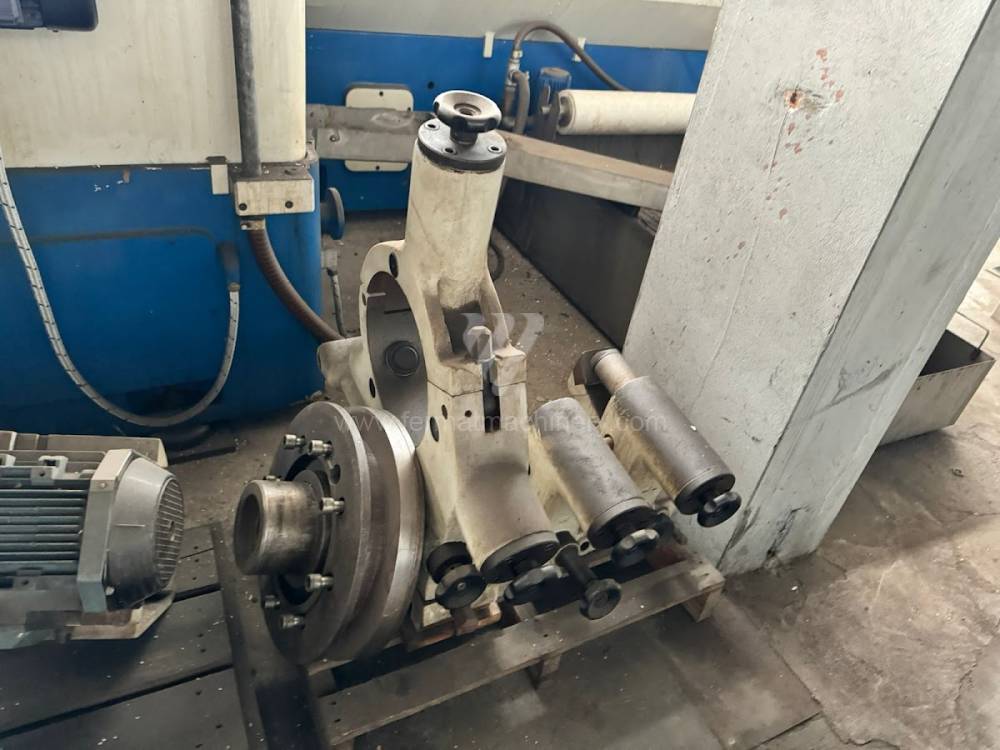
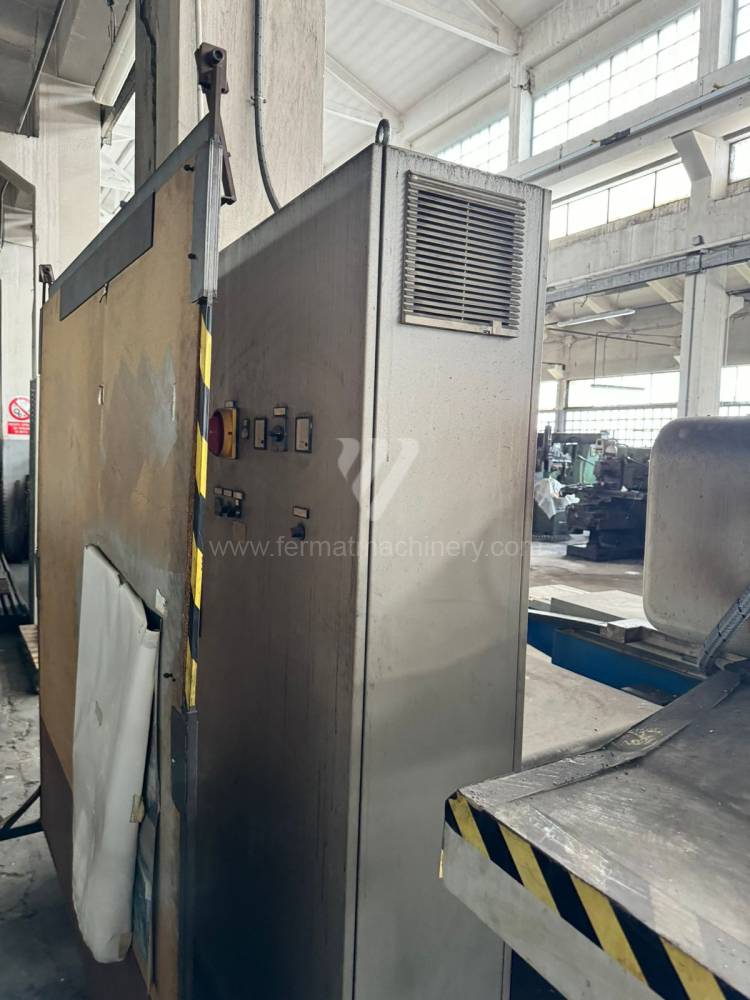
Max. diameter of grinding: 630 mm
Max. length of grinding: 2000 mm
Max. weight of workpiece: 900 kg
Device for internal grinding:
Spindle taper: MORSE 6 .
Chuck diameter: 315 mm
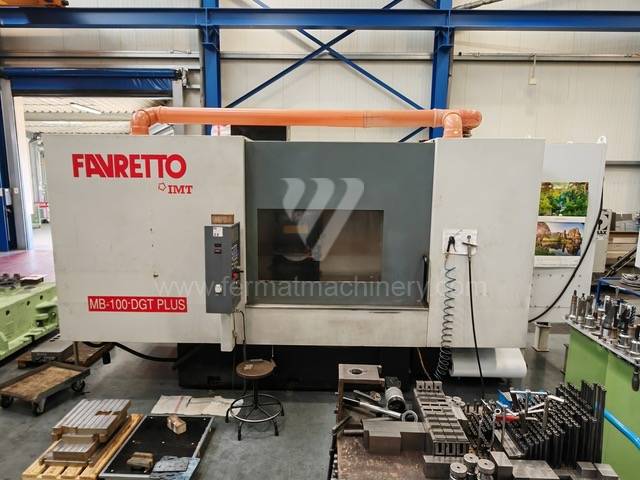
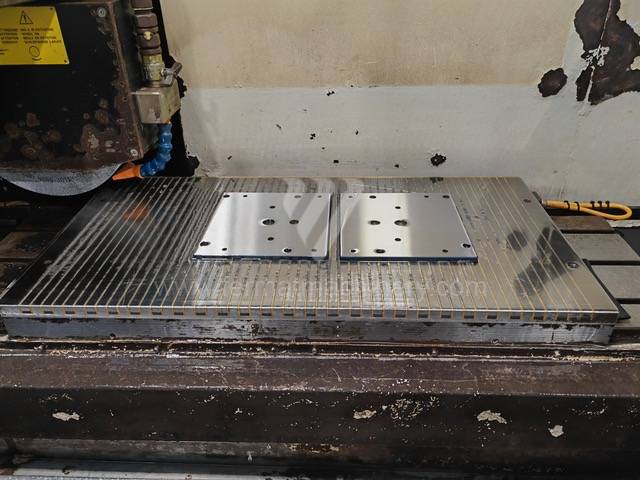
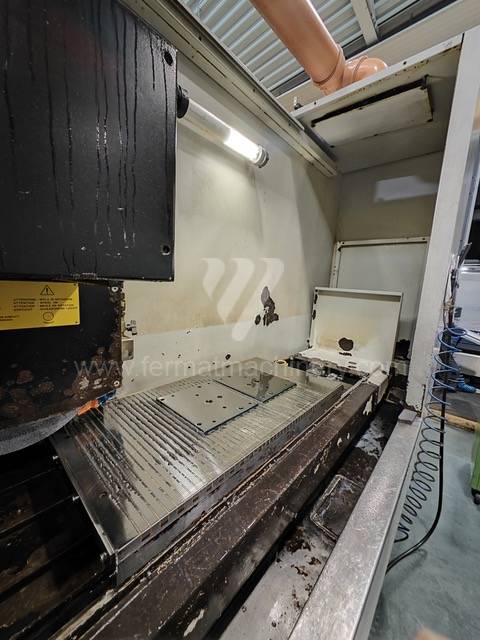
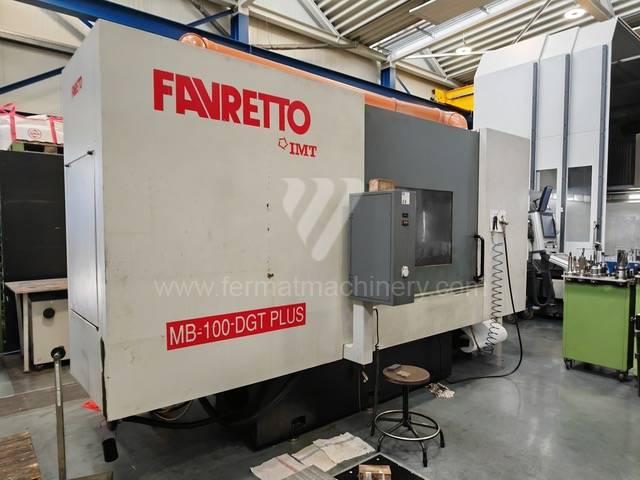
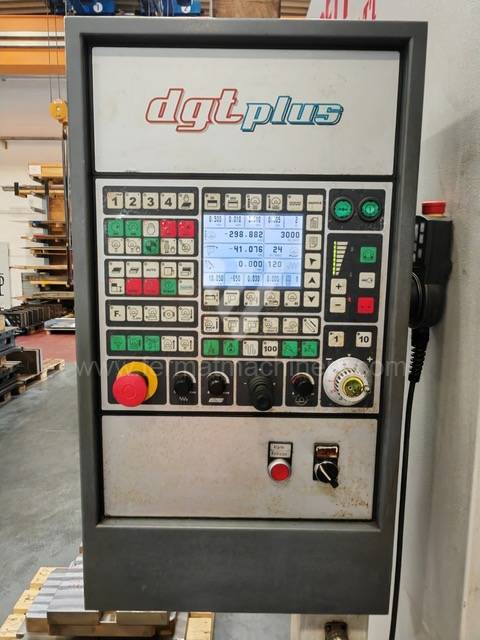
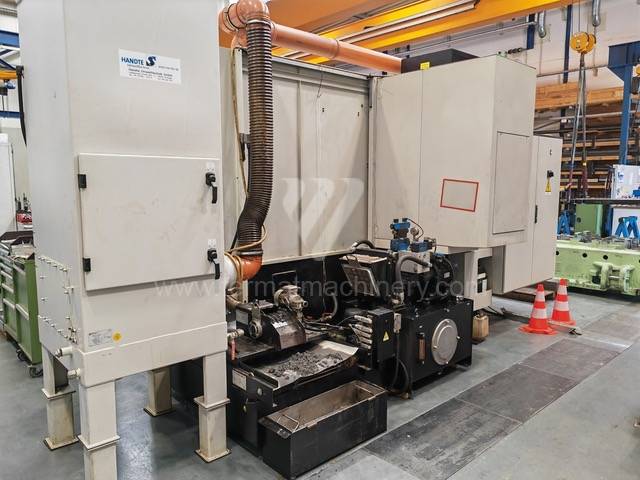
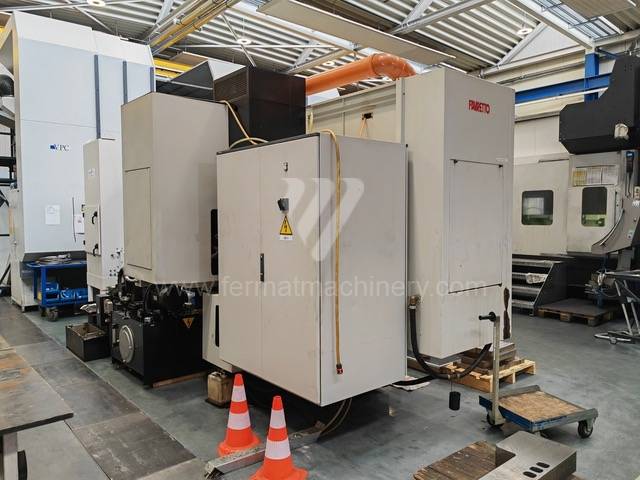
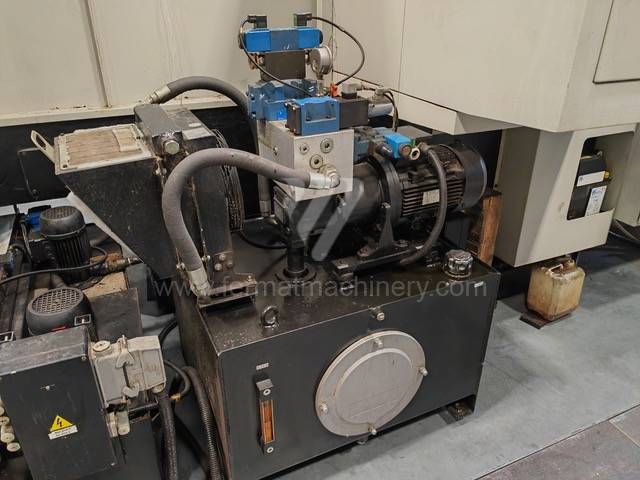
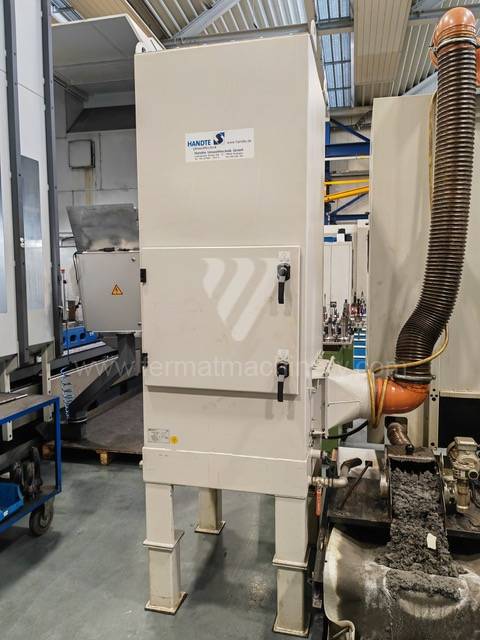
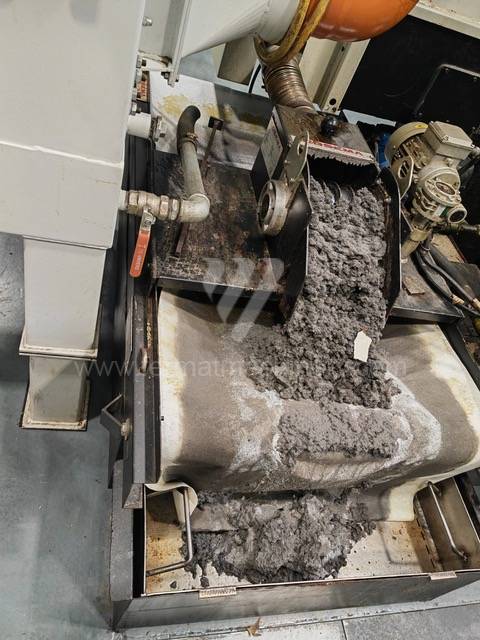
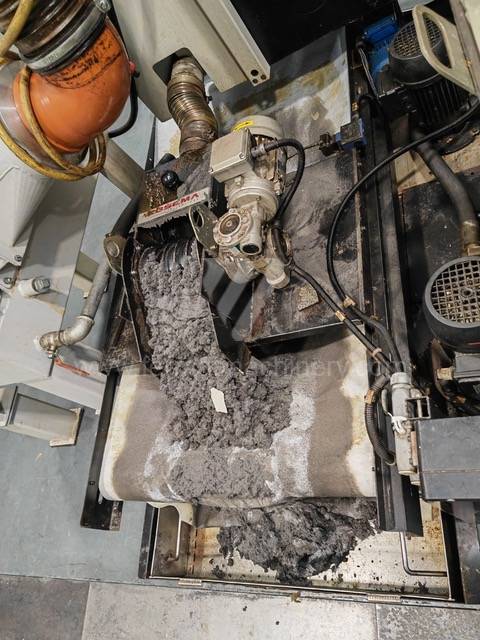
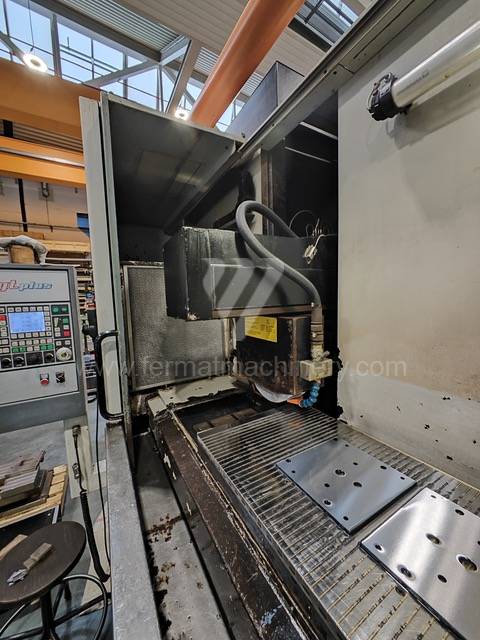
YOM:2011
Max. length of grinding: 1200 mm
Max. width of grinding: 600 mm
Max. workpiece height: 550 mm
Spindle bearing grinders:
Dimensions of table working surface: 1200x400 mm
Max. load of table: 975/1200 kg

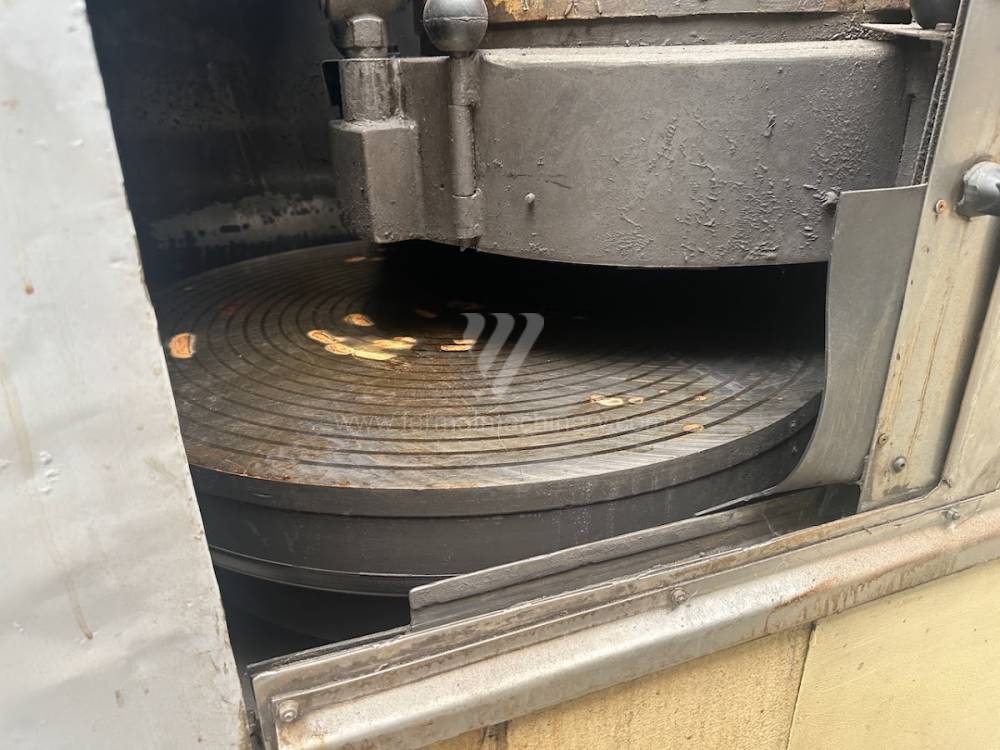
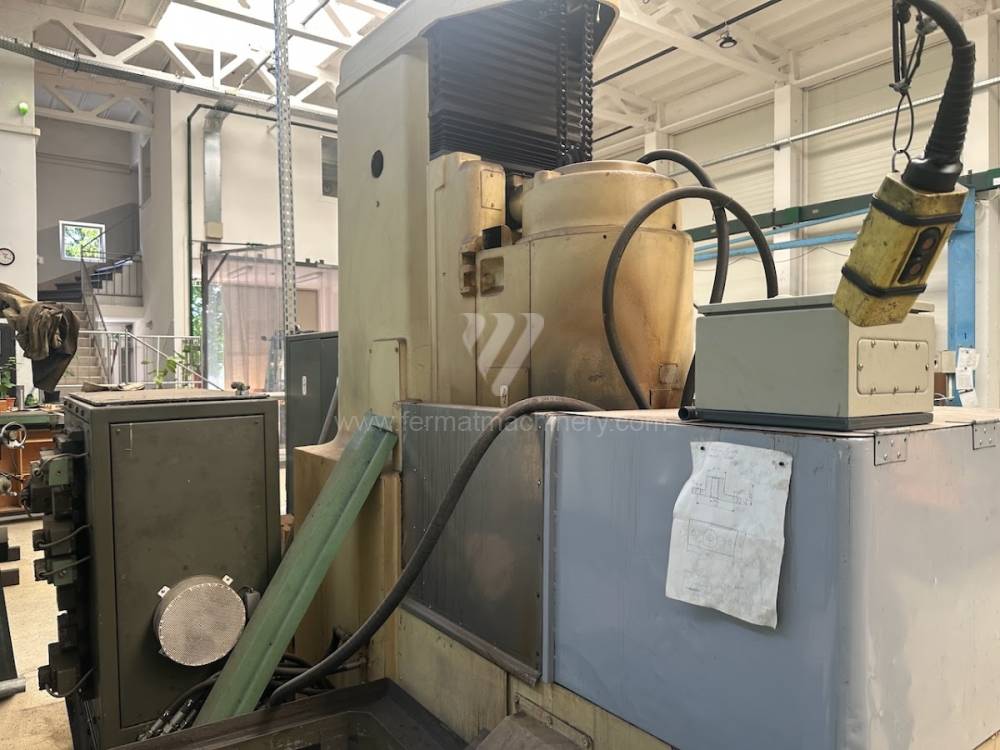
Max. length of grinding: d=800 mm
Max. width of grinding: mm
Max. workpiece height: mm
Spindle bearing grinders: Vertikální
Machine weight: 9500 kg
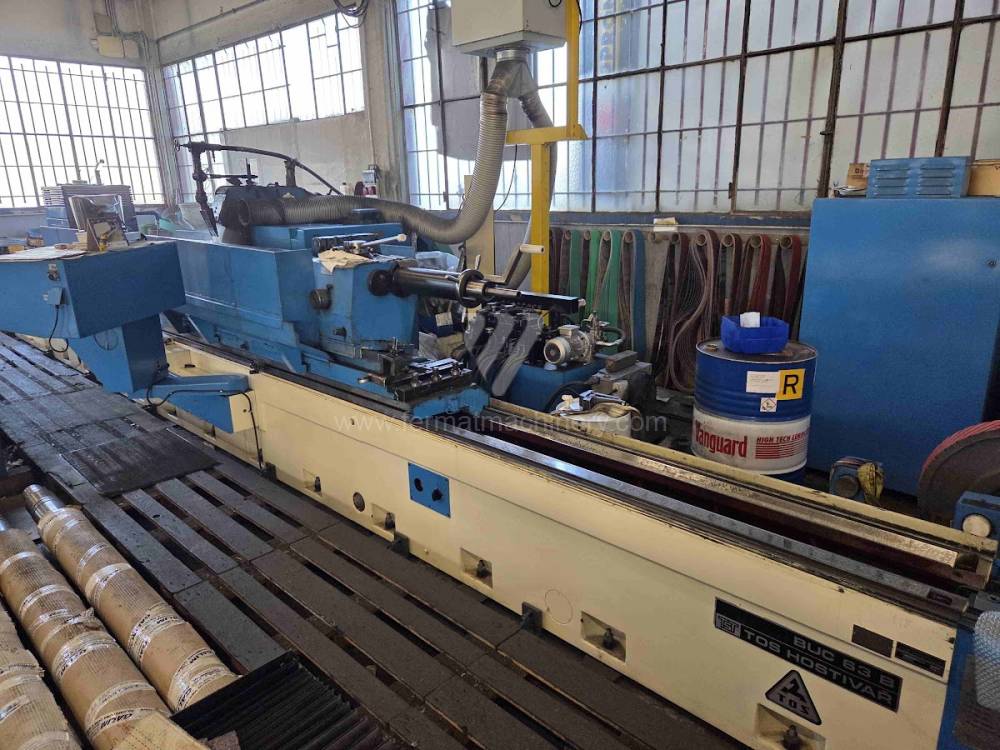
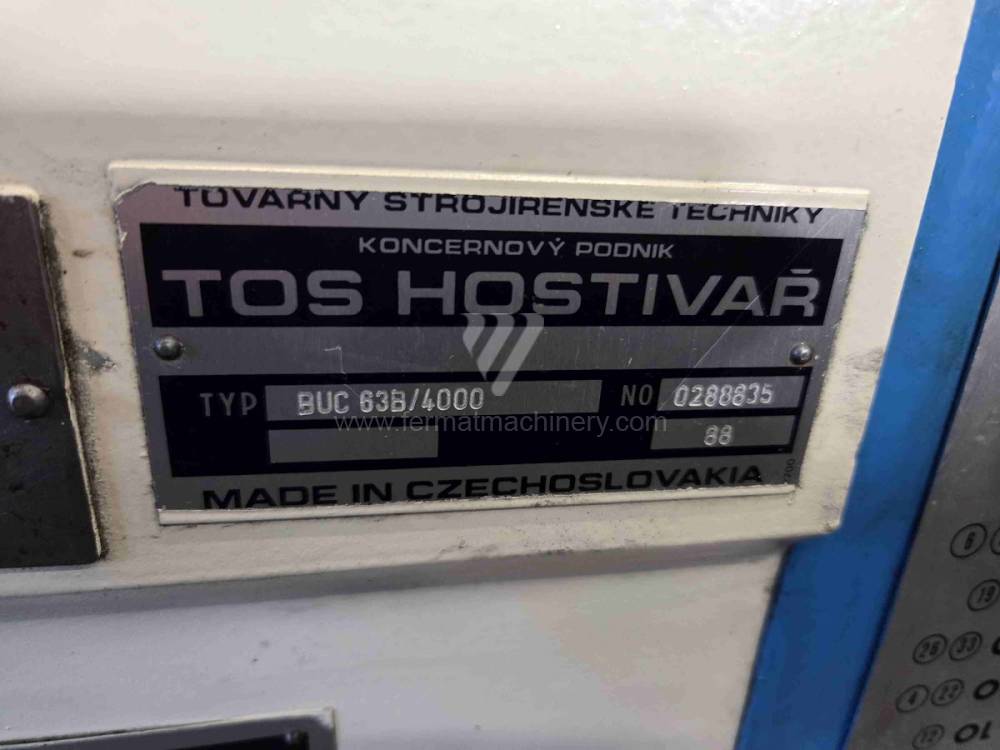
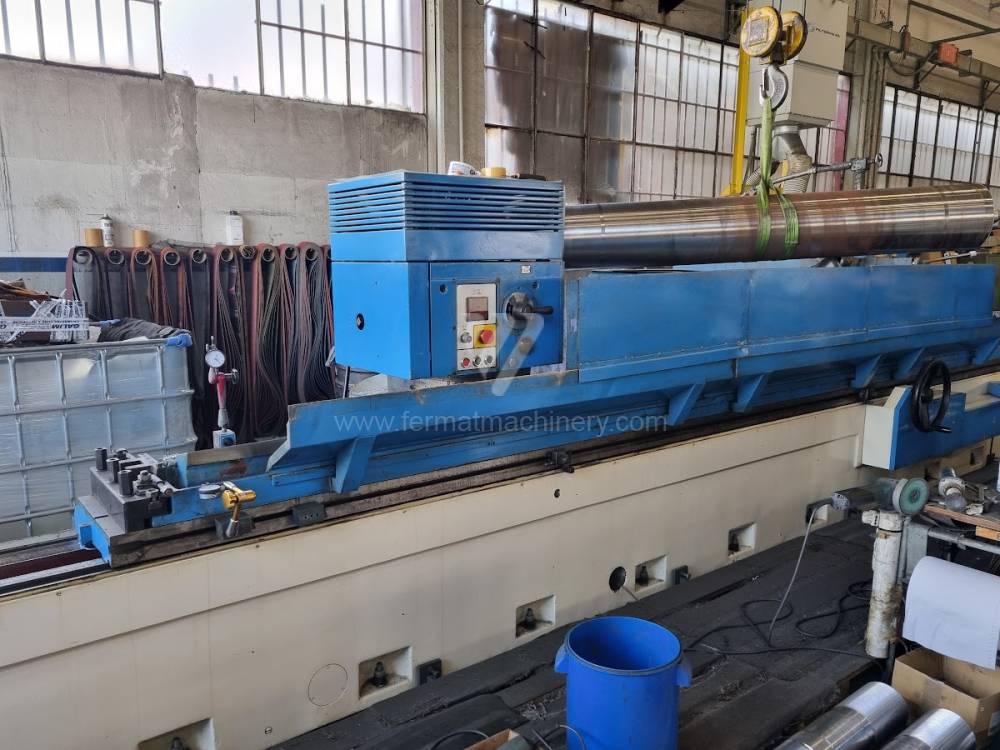
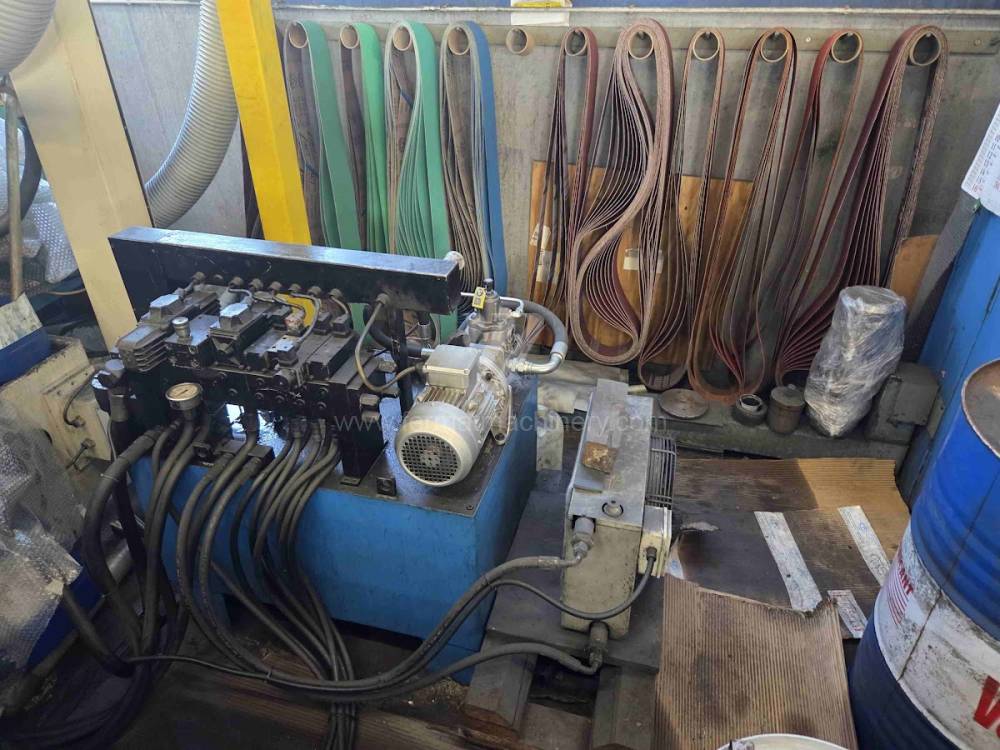
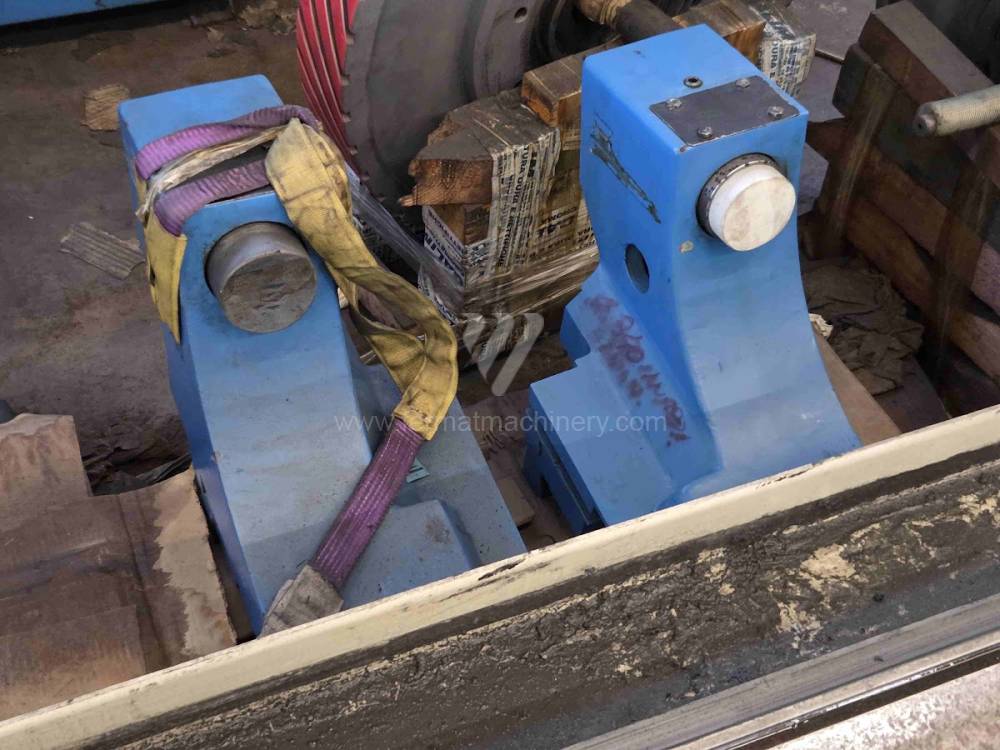
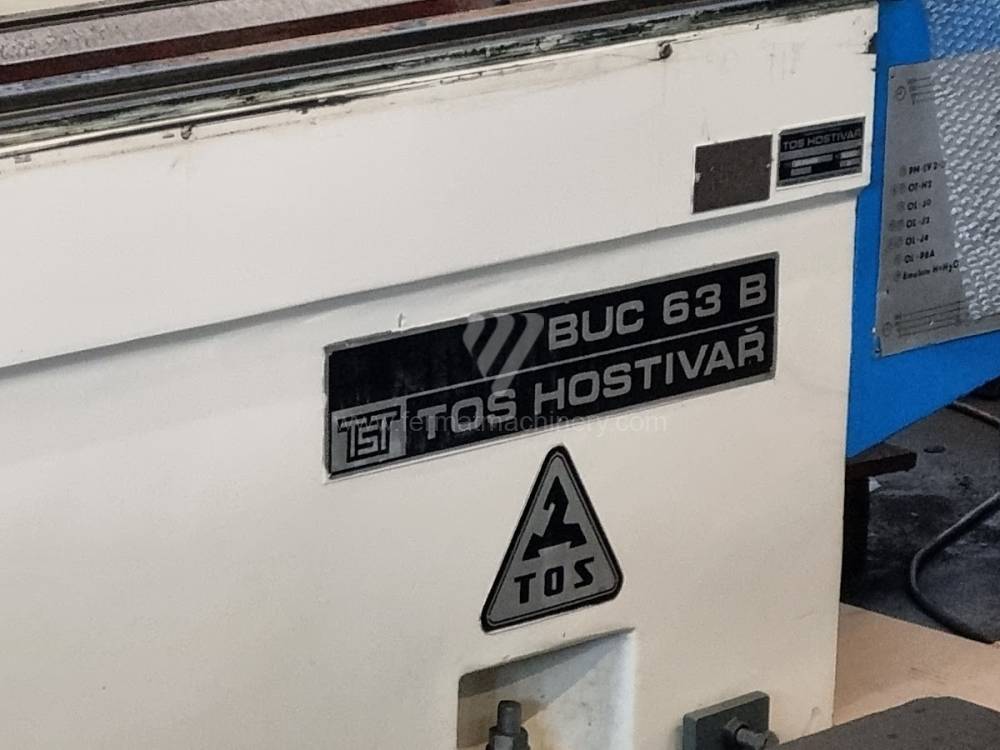
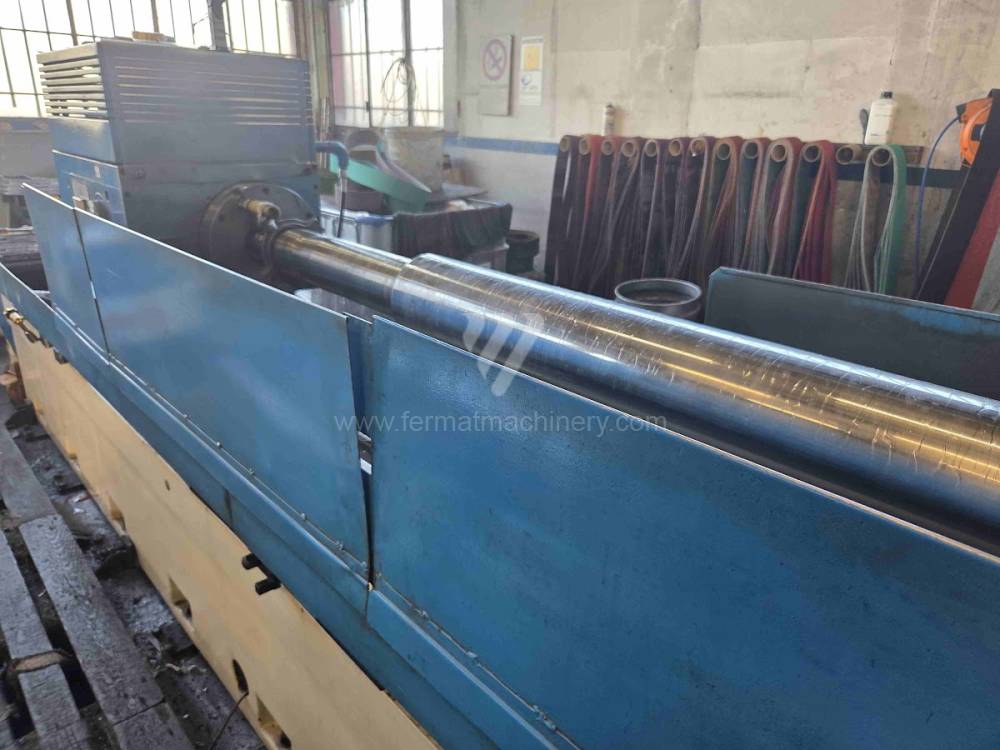
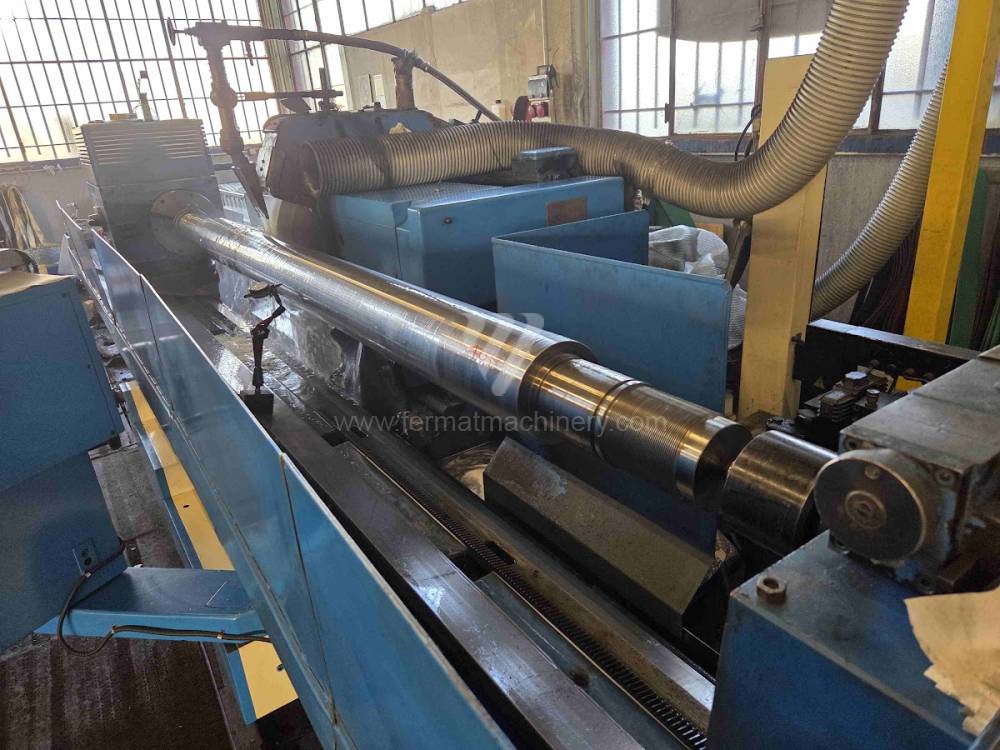
YOM:1988
Control system Kavalír: K51-1
Max. diameter of grinding: 630 mm
Max. length of grinding: 4000 mm
Max. weight of workpiece: 2500 kg
Device for internal grinding: YES
Main motor power: 15 kW

YOM:1988
Max. diameter of grinding: 160 mm
Max. length of grinding: 320 mm
Max. weight of workpiece: 25 kg
Device for internal grinding: NO
Spindle taper: Morse 3 .
Spindle speed: 0 - 2812 /min.



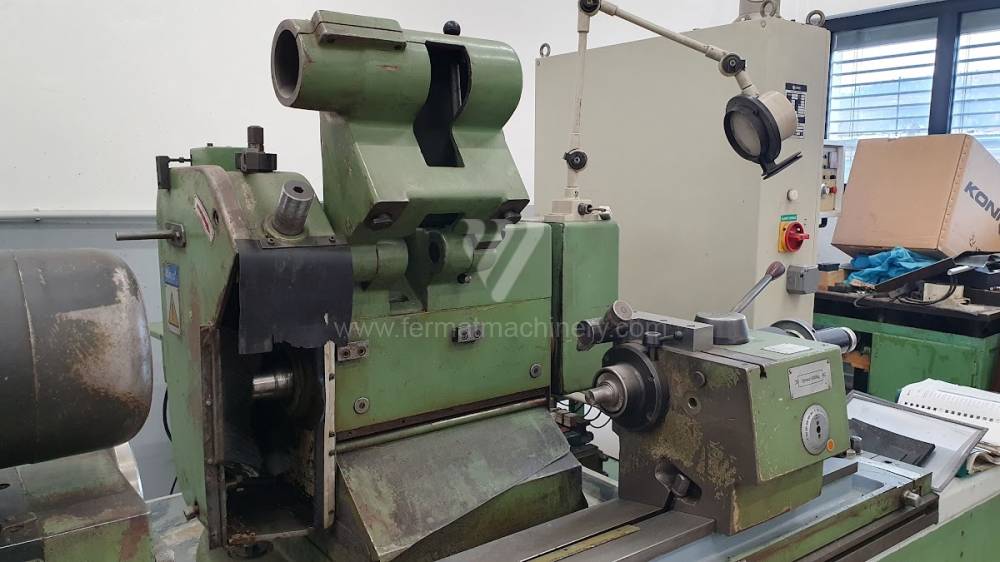

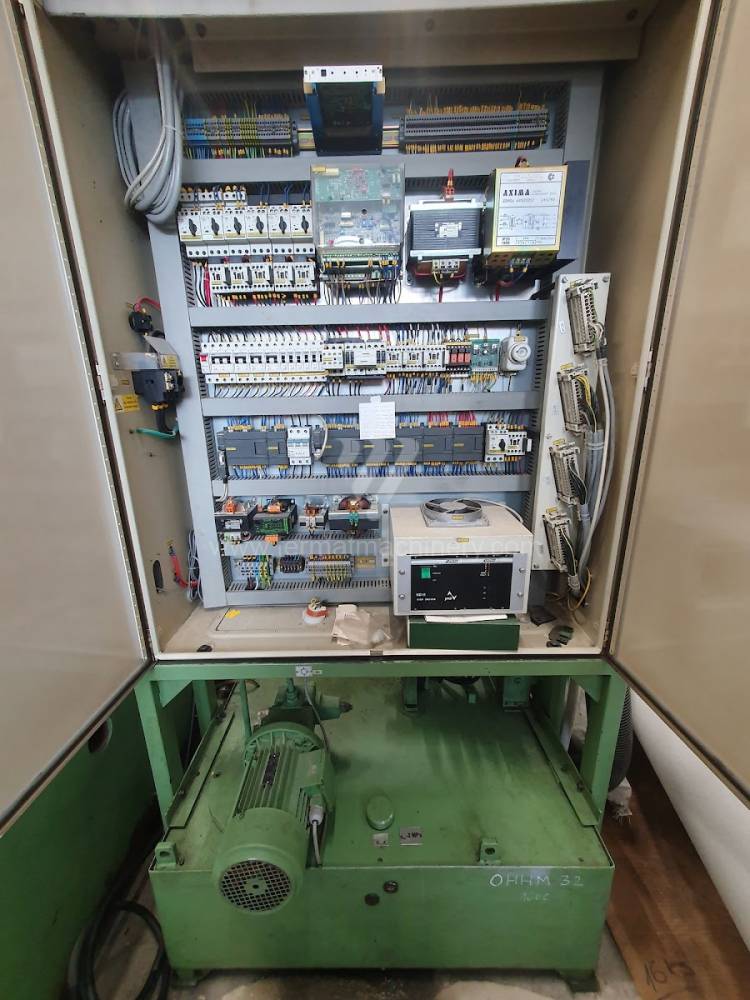

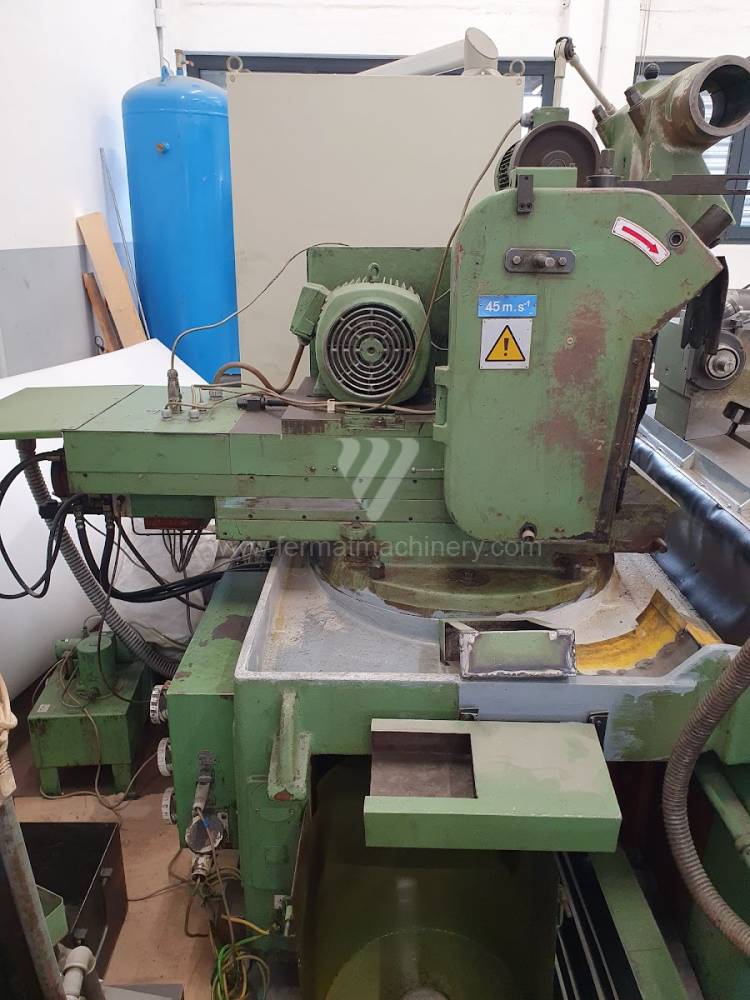
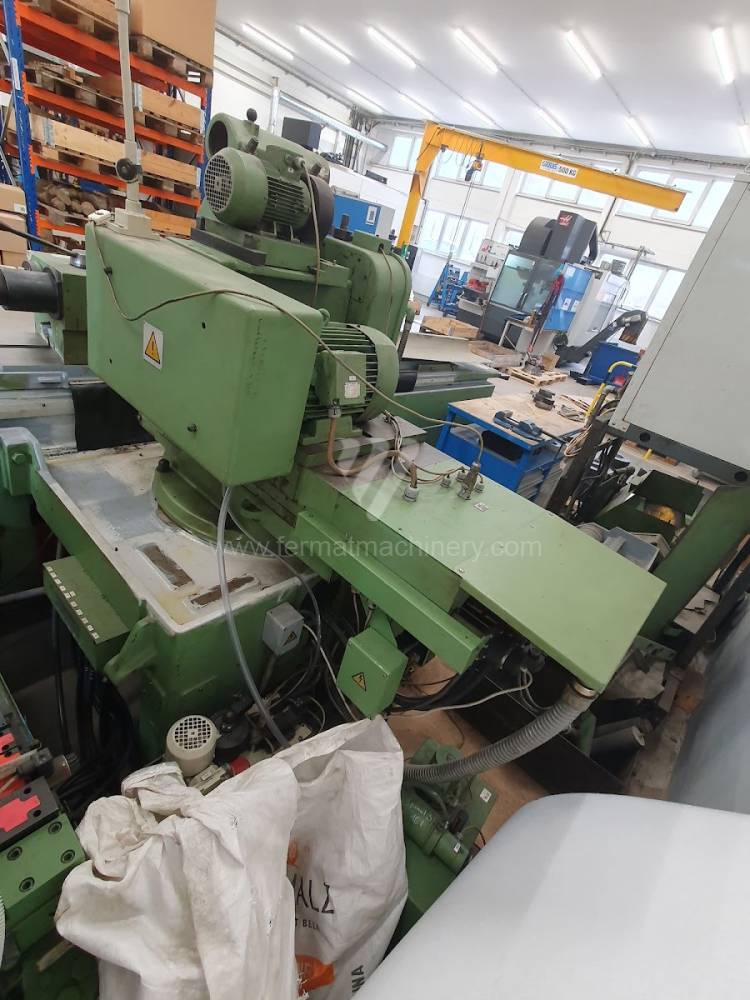
YOM:1993
Control system Siemens: Simatic S7
Max. diameter of grinding: 400 mm
Max. length of grinding: 1500 mm
Max. weight of workpiece: 250 kg
Device for internal grinding: YES
Main motor power: 7,5 kW
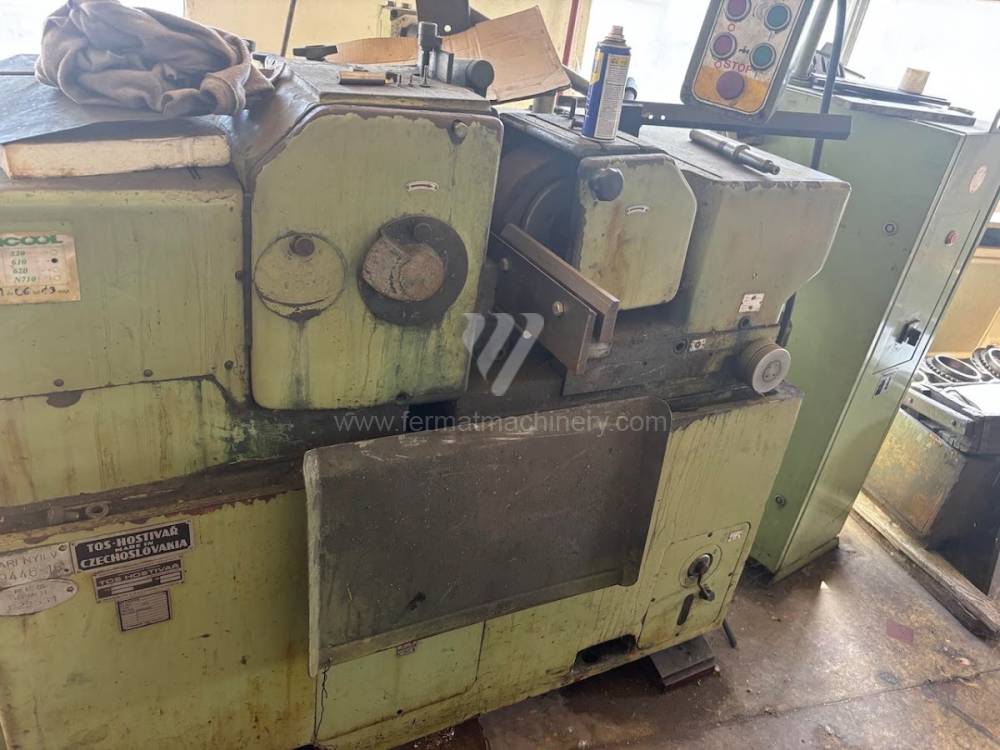
YOM:1986
Max. diameter of grinding: 63 mm
Max. length of grinding: 220 mm
Min. diameter of grinding: 3 mm
Grinding spindle speed: 0 - 2200 /min
Main motor power: 7,5 kW
Machine dimensions l x w x h: 1710x1940 mm
Grinding is a technology of precision chip machining. Nowadays, it is possible to reach precision in order of tenths of micrometers and surface roughness of up to 0,2 micrometer. Grinders are thus indispensable in the machinery industry and form an important part of the production process. In general, grinding is a technology that works on the principle of the material removal from the surface layer of the workpiece with fine grains of abrasive material, which are most often bonded to the grinding wheel.
Among the cylindrical grinders we differentiate grinders with centers and without centers. These machines are used for grinding internal and external rotating surfaces.
In case of center grinders the workpiece is usually clamped between centers and rotation is realized using a driver, which is fixed to the surface of the workpiece and tied to headstock. In most cases the workpiece rotates against the direction of rotation of the grinding wheel. Most common models from producer TOS we can mention:
Grinding is realized using the rotation of the grinding wheel, which grinds the surface of the workpiece as it rotates. Most popular producers of such grinders are: FERMAT, TOS, STUDER, DANOBAT, KELLENBERGER, ERWIN JUNKER, SCHAUDT.
Centerless grinders are also intended for grinding rotary surfaces. The clamping of the workpiece on the machine is different. It is supported with support ruler and the workpiece is placed between two discs – abrasive and drifting. The grinding wheel usually spins faster and does the grinding itself. The drive disc is most often made of flexible material (for example rubber) and ensures sufficient pressure.
A special category of grinders are grinders used for grinding of internal rotating surfaces. They works similarly to center grinders. However, the workpiece is just clamped on one side in the chuck or collet so that the hole can be ground from the other side.